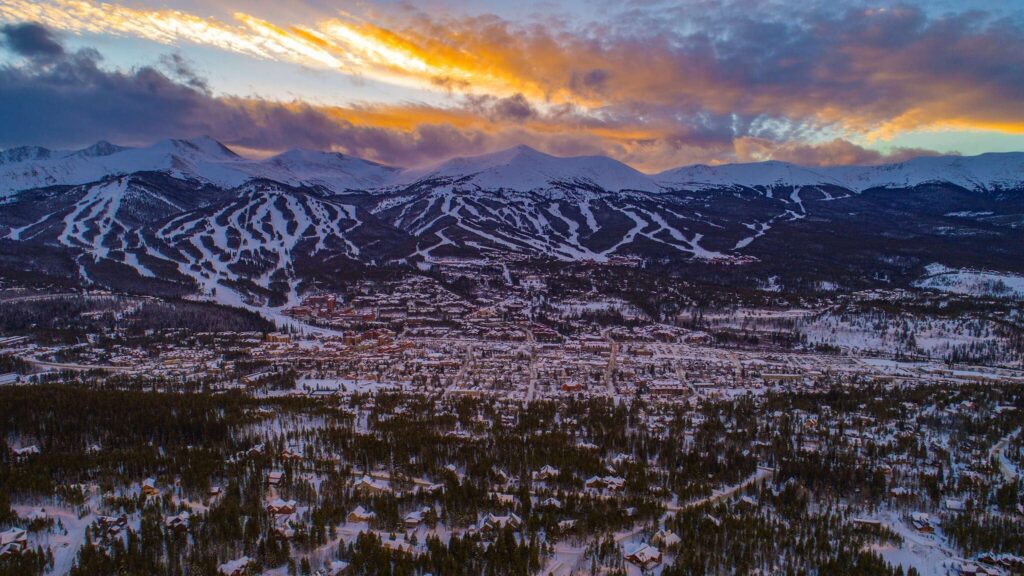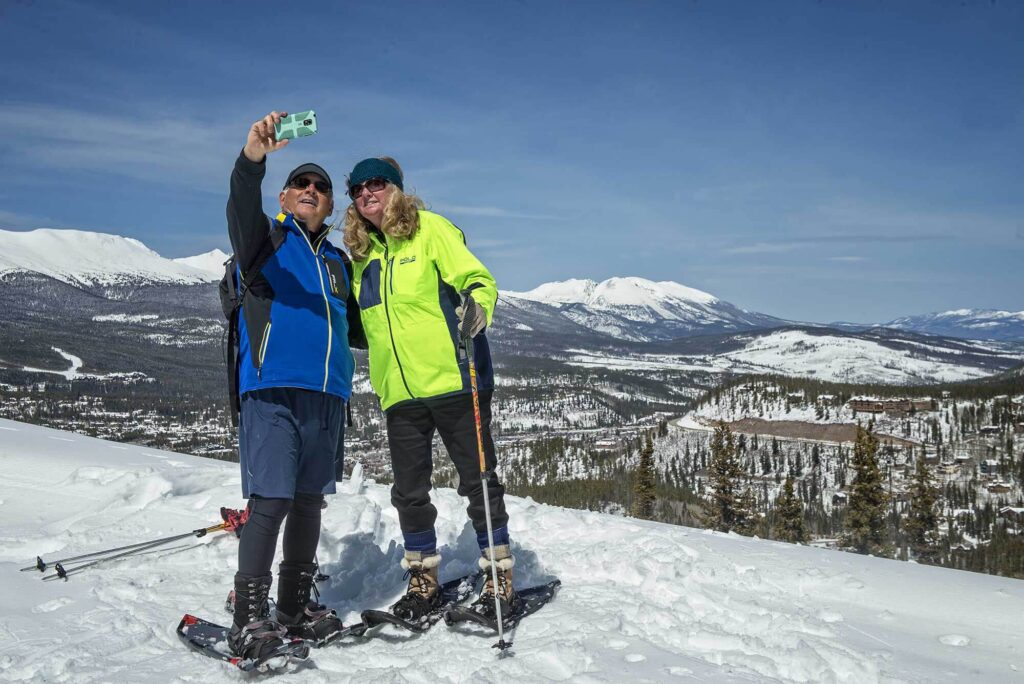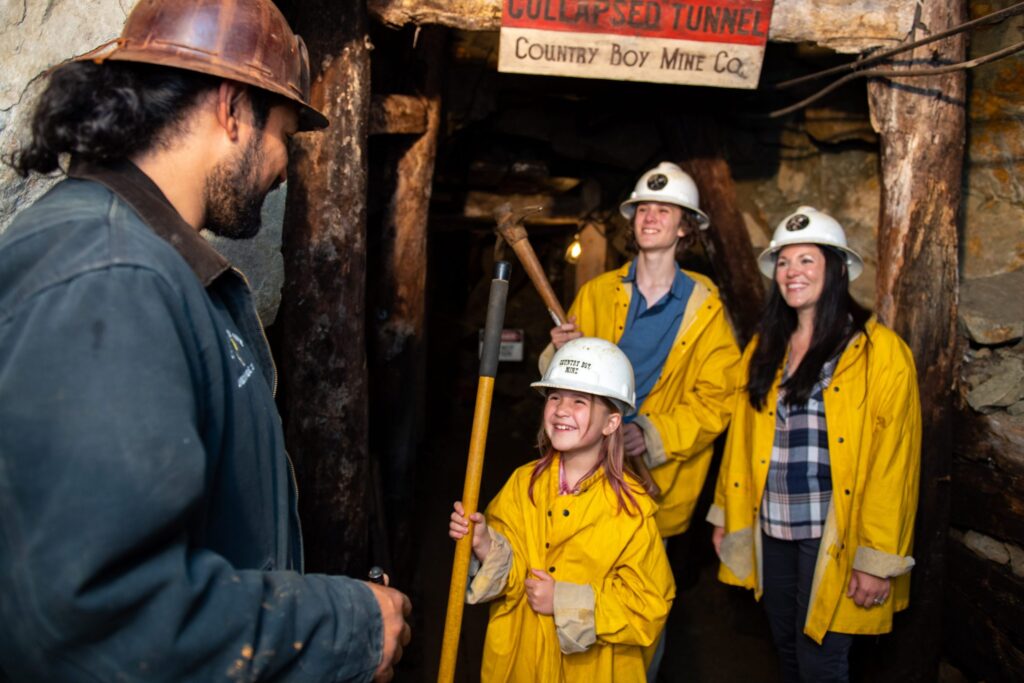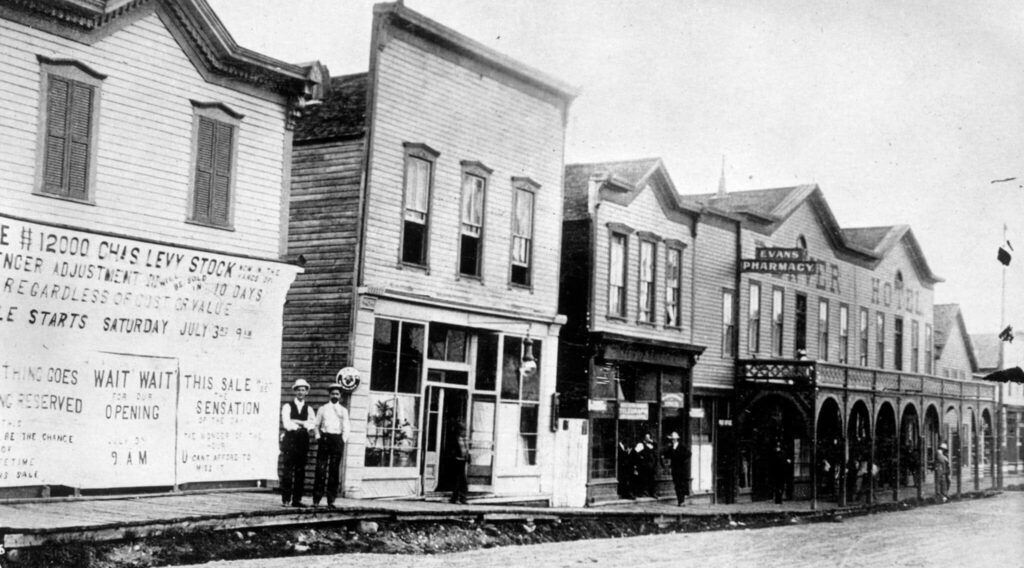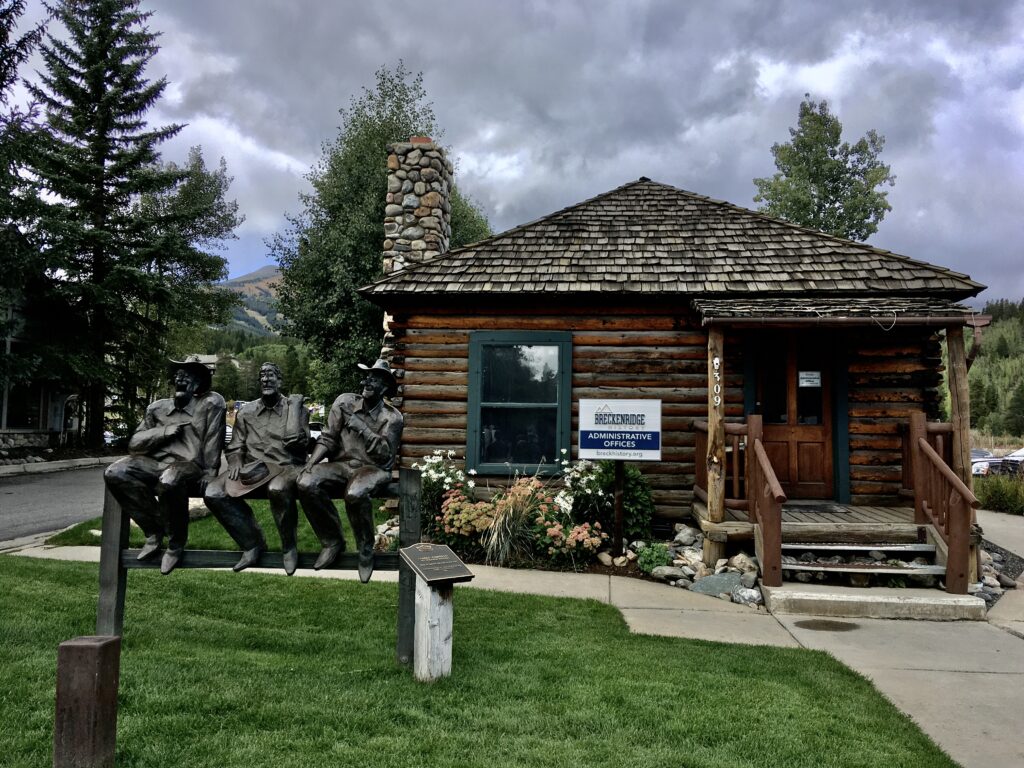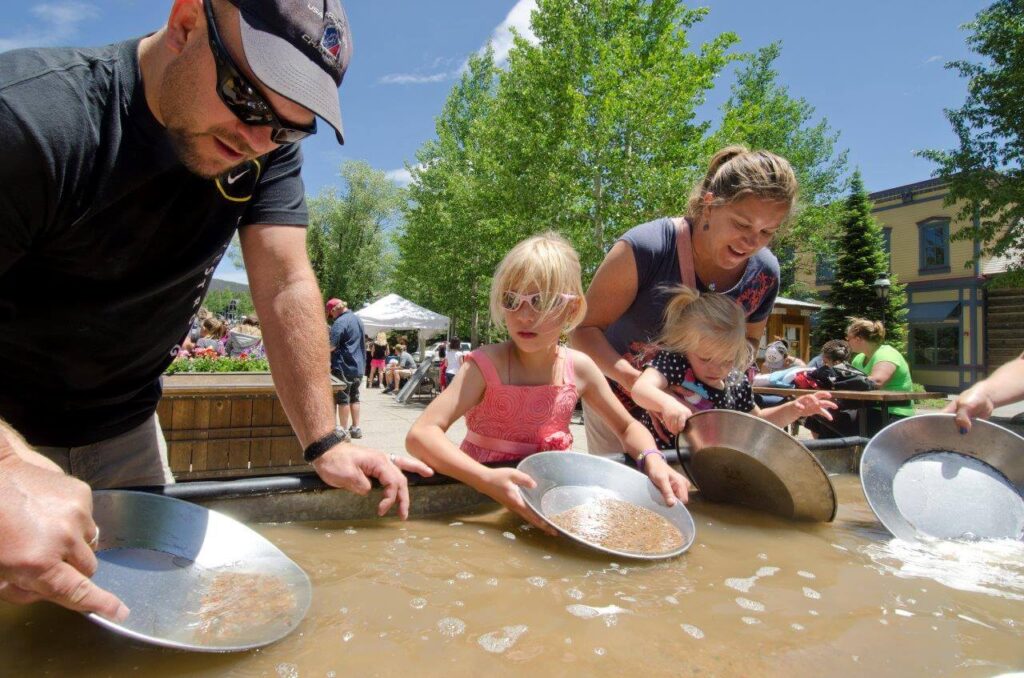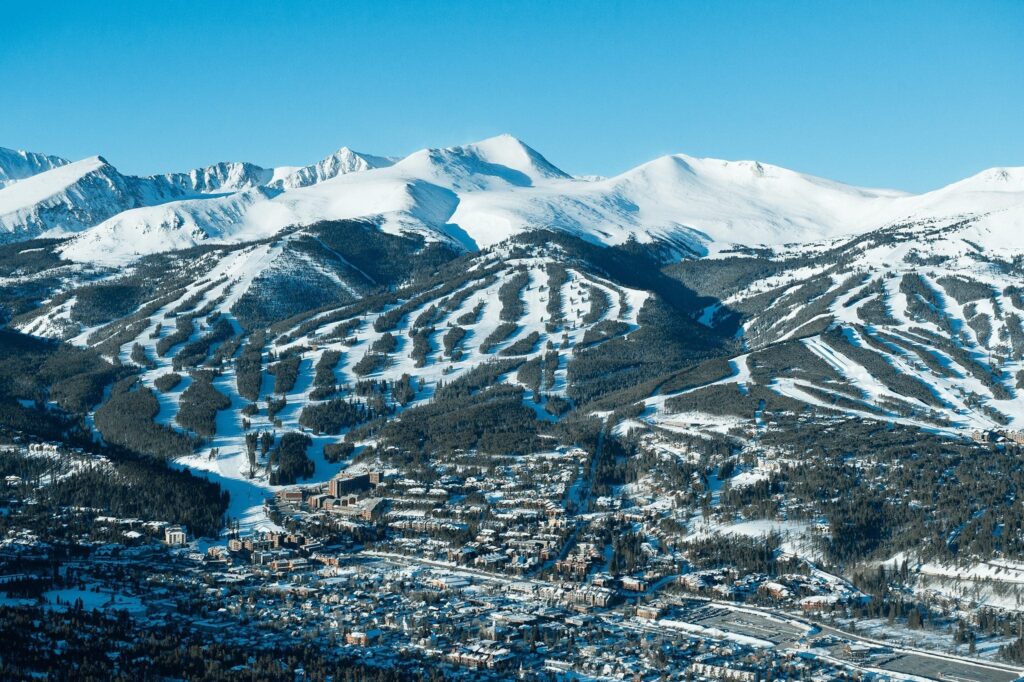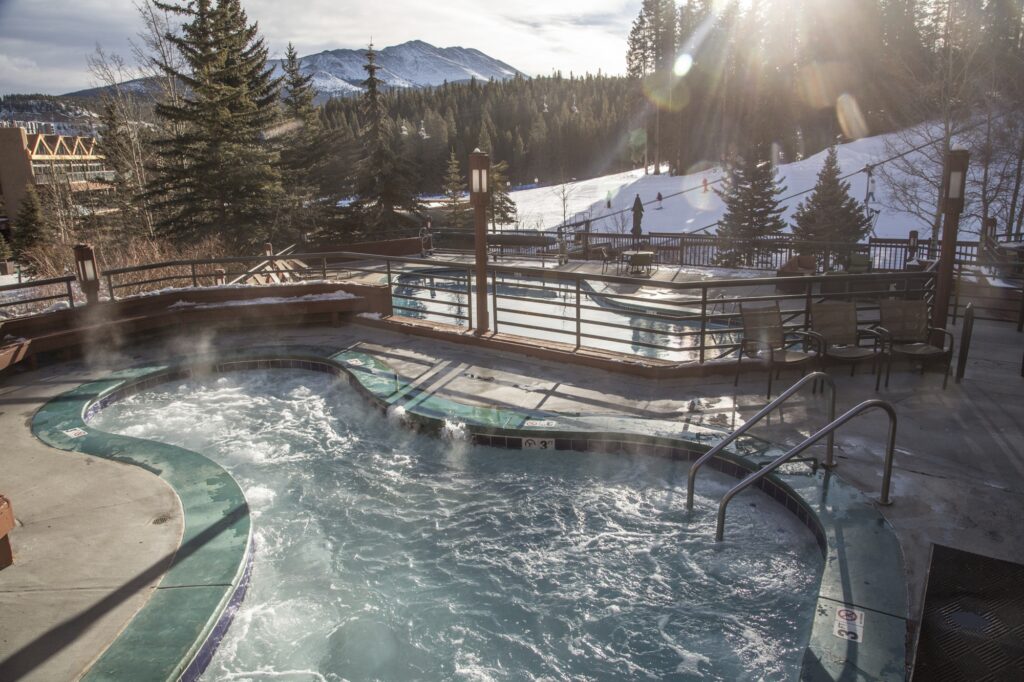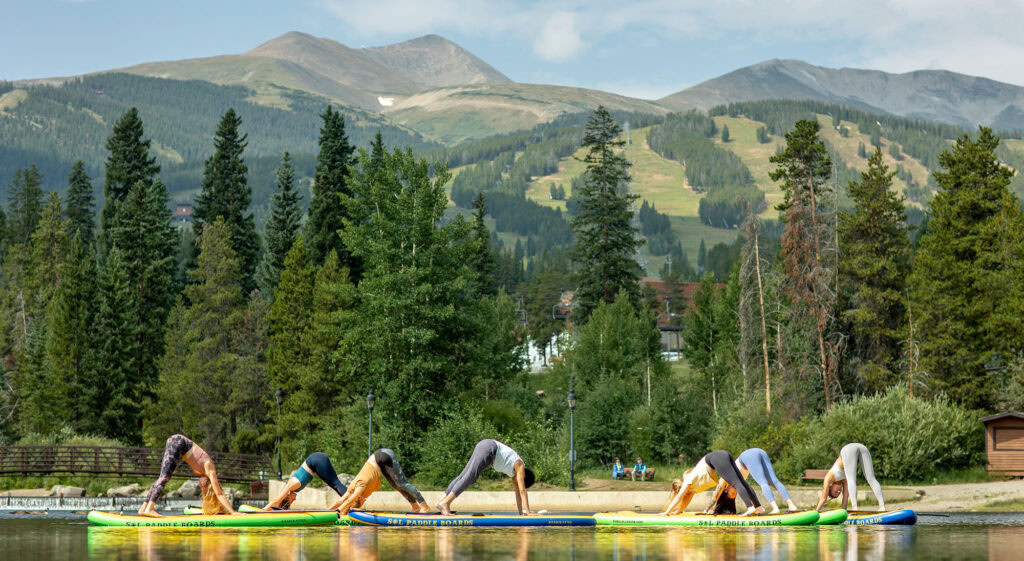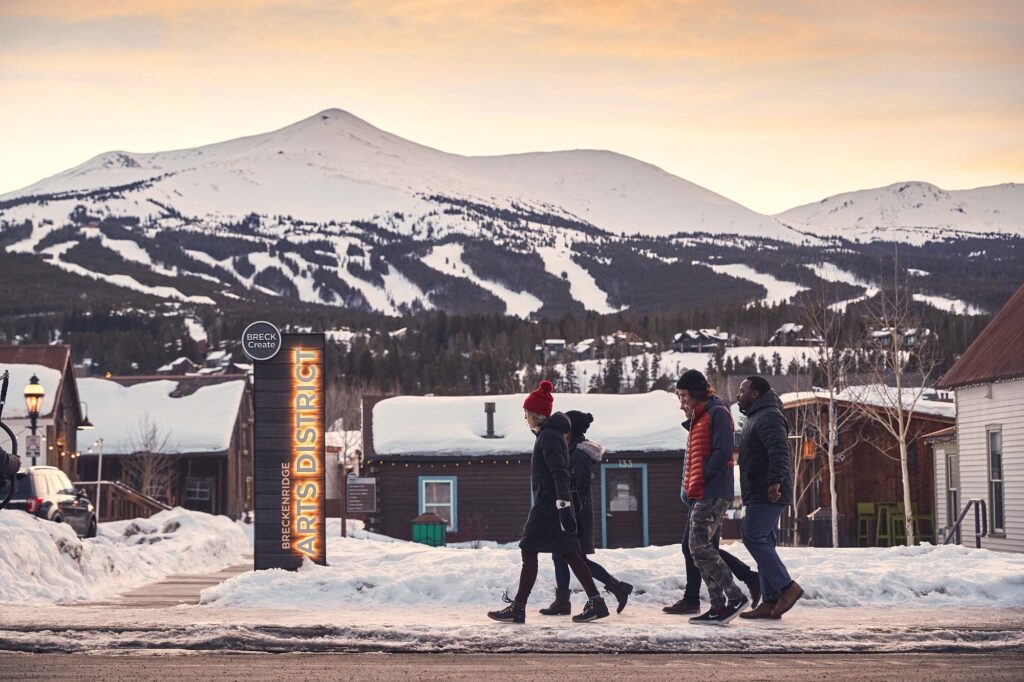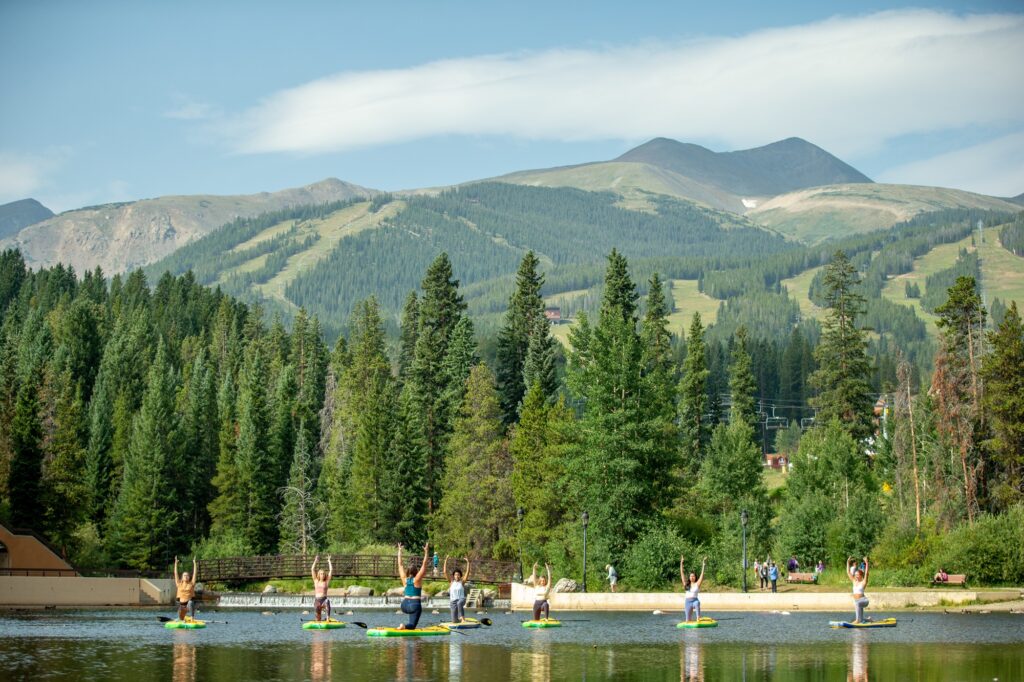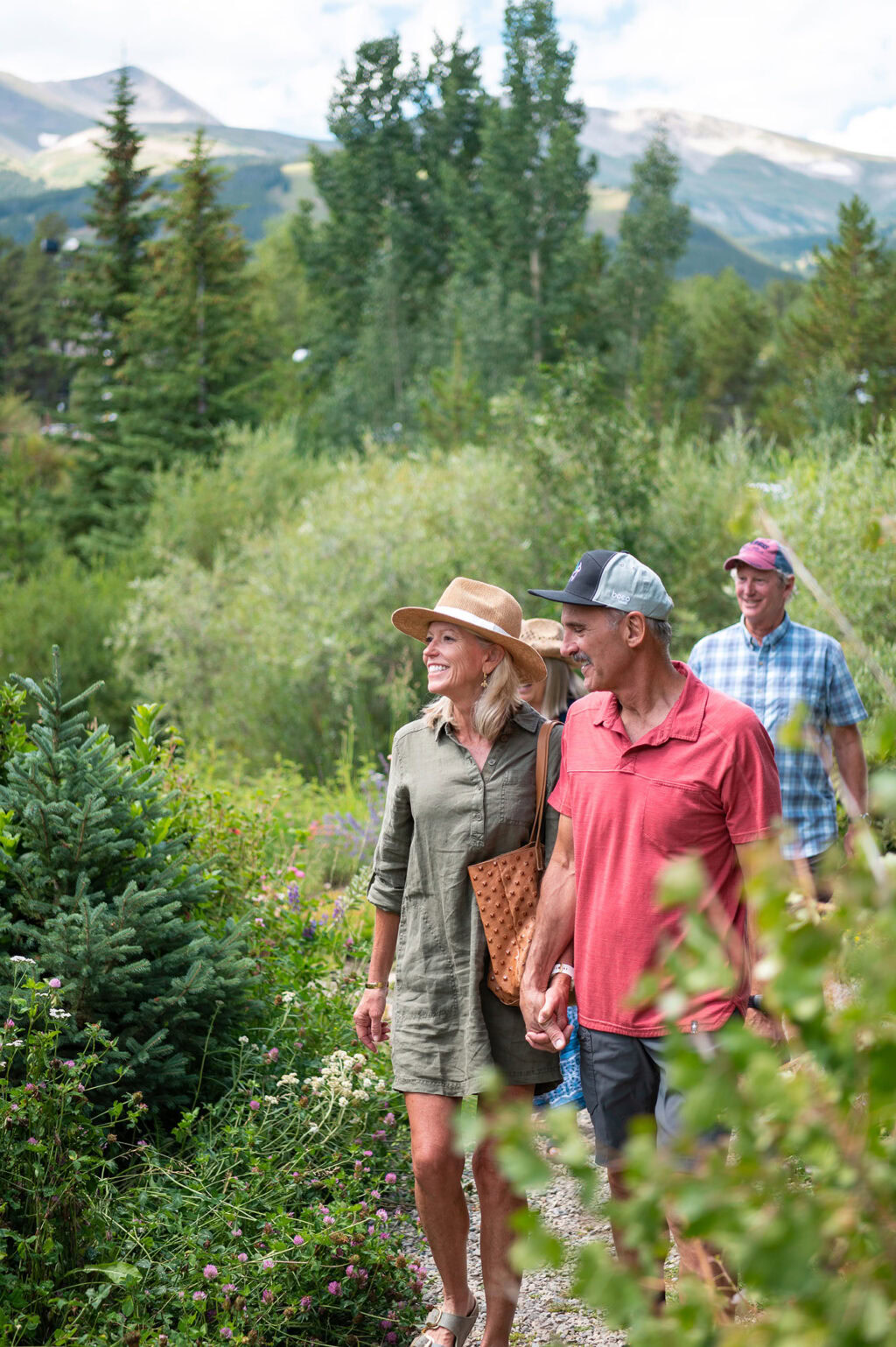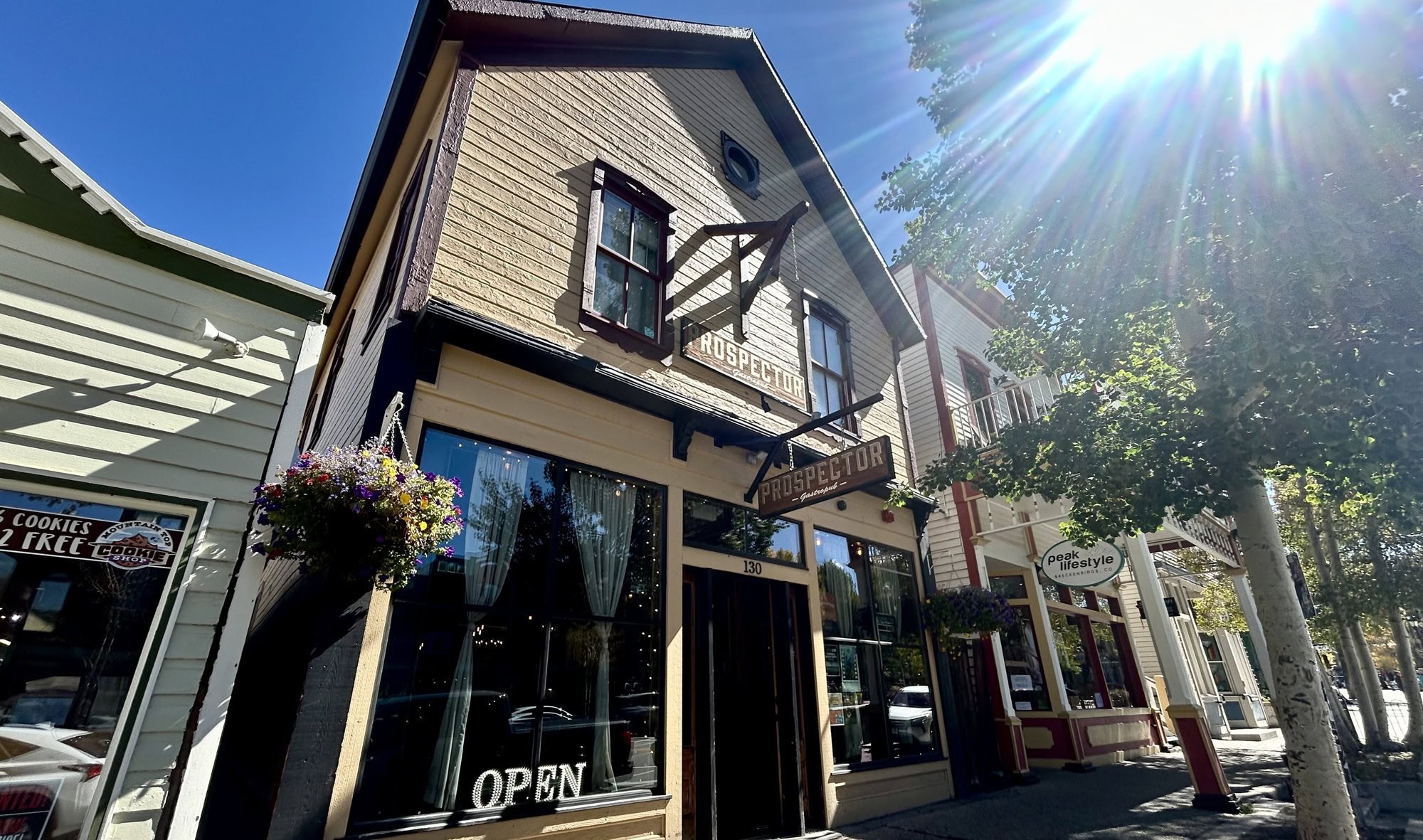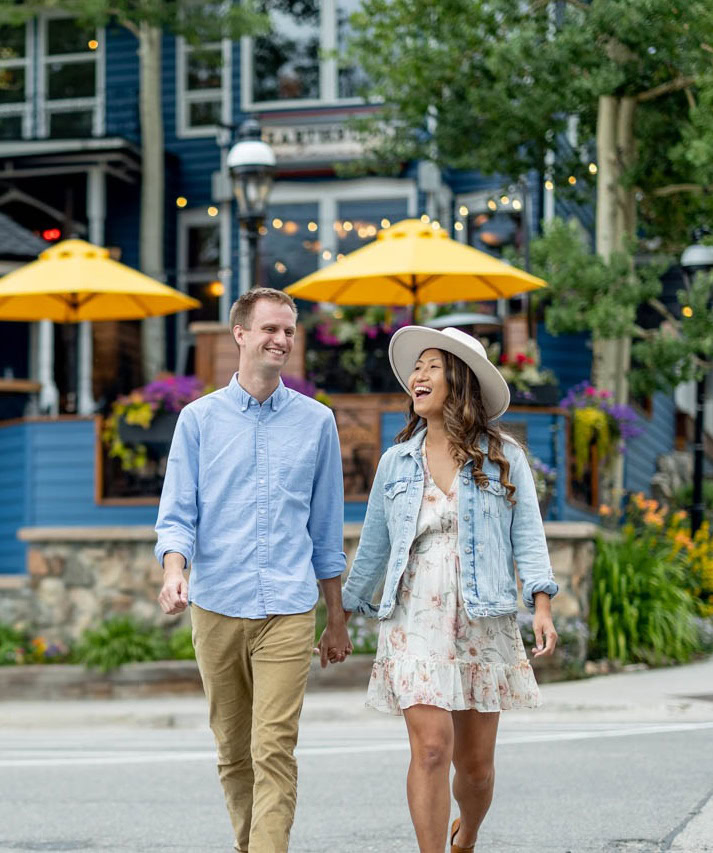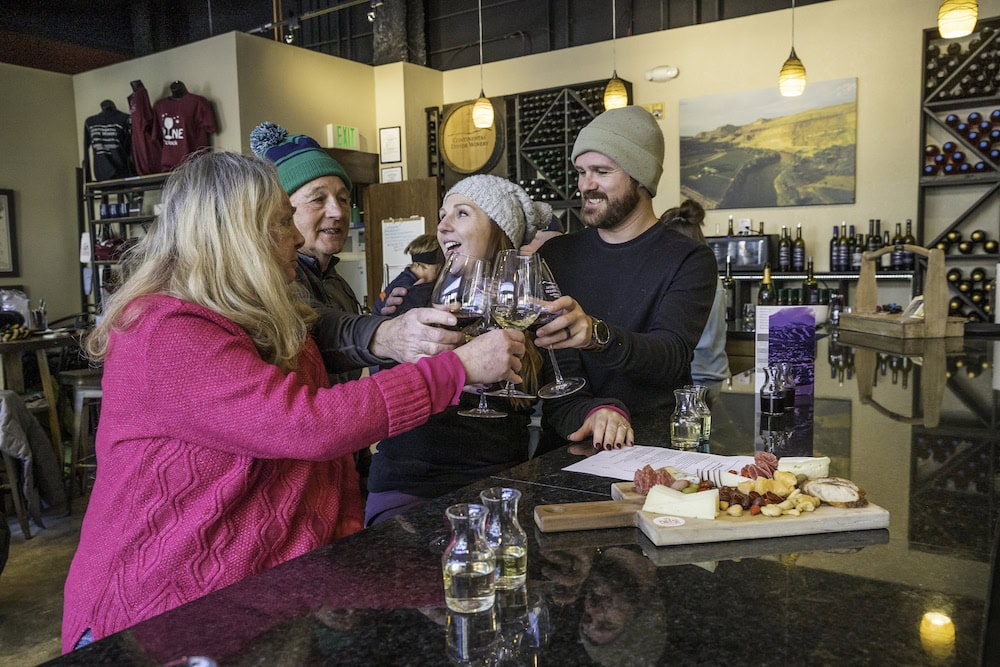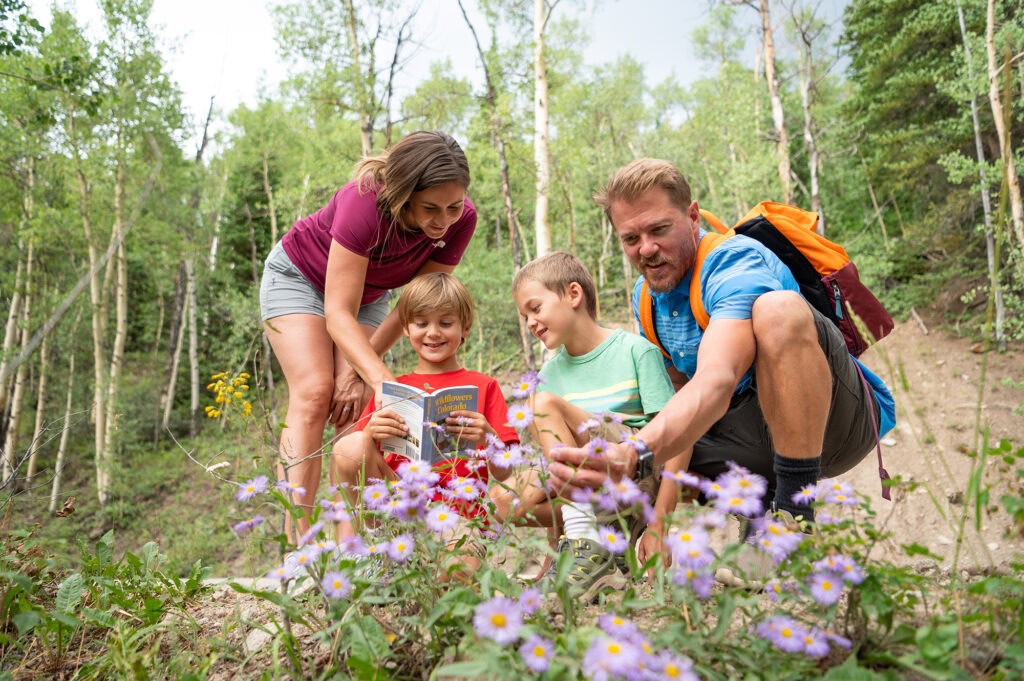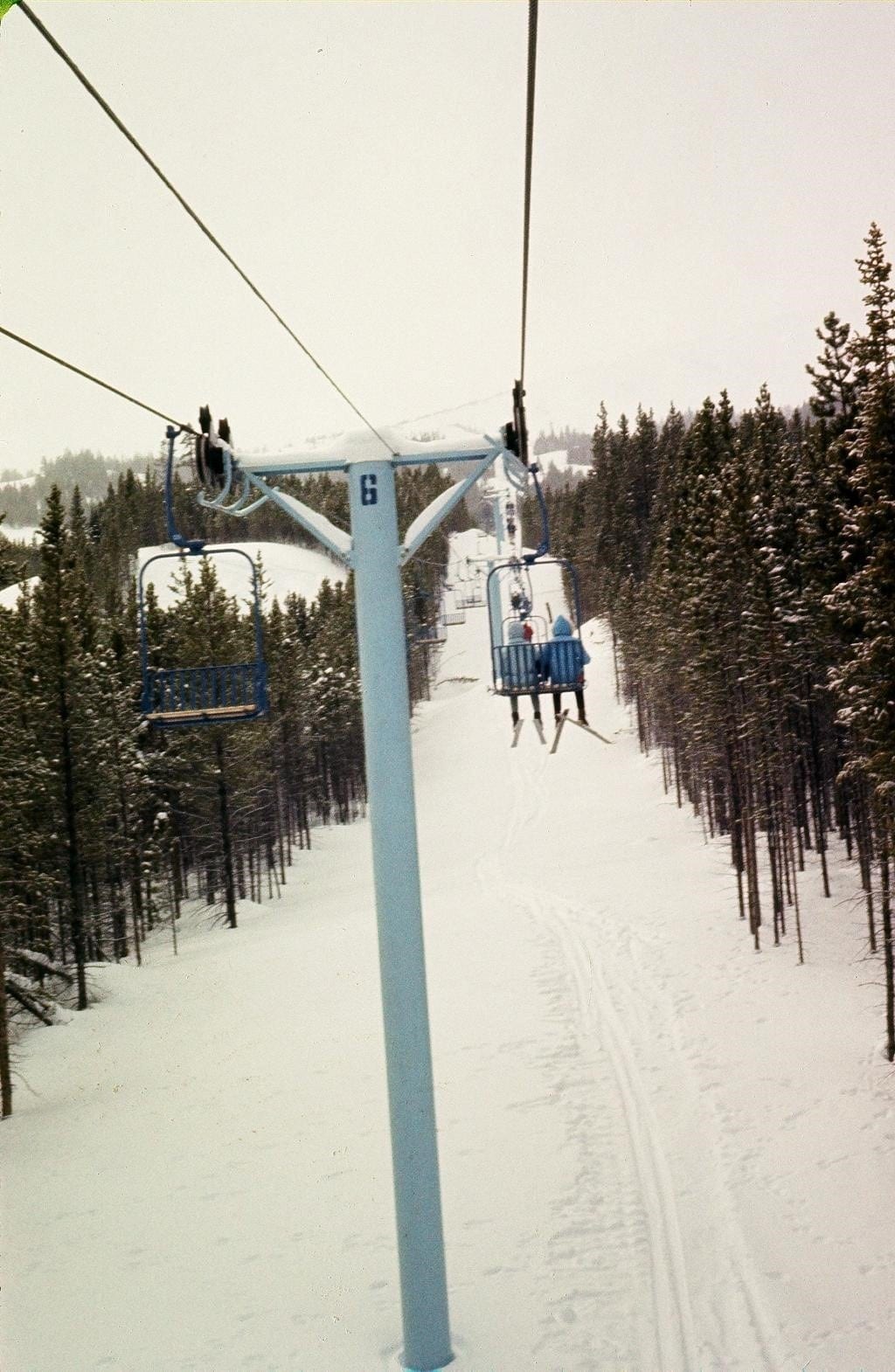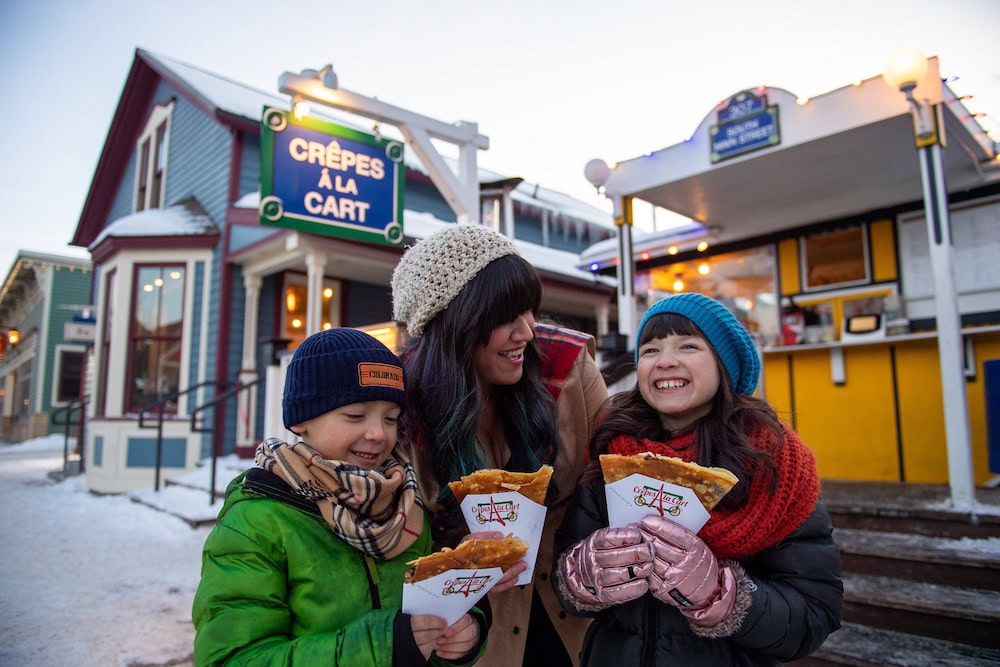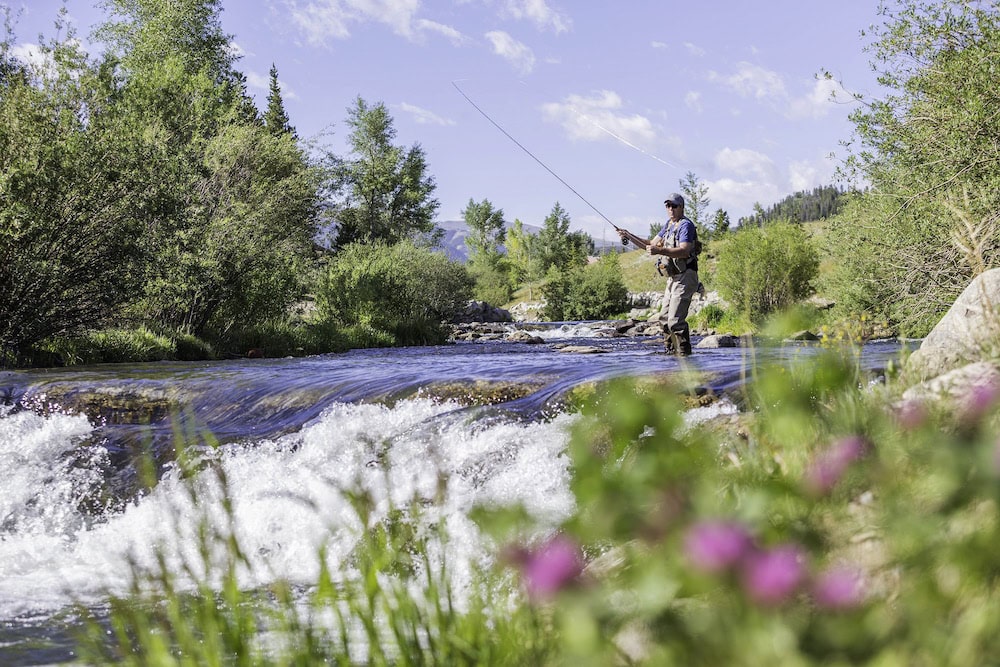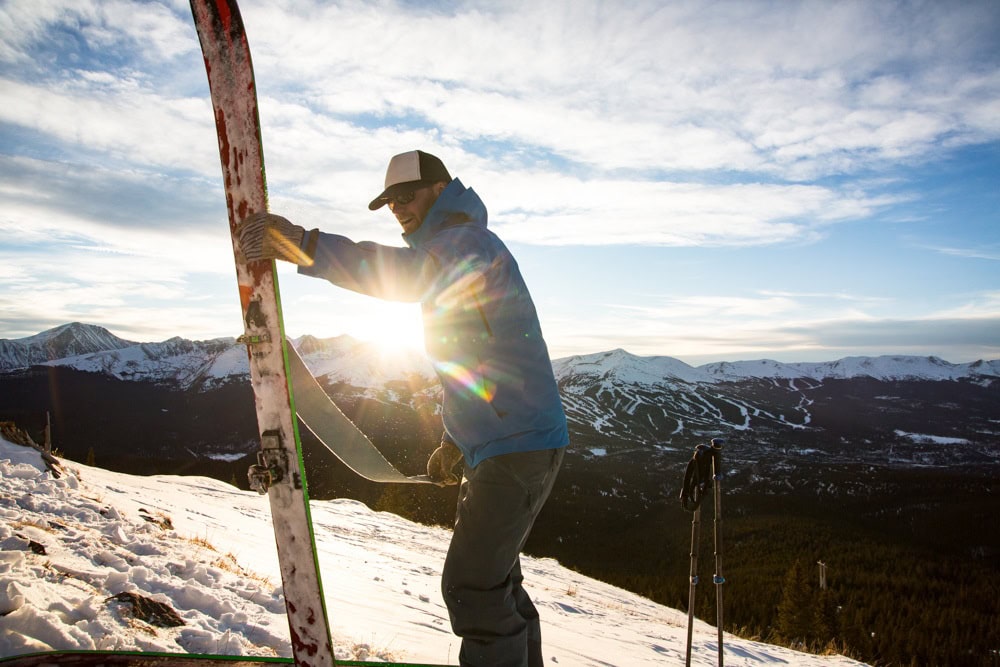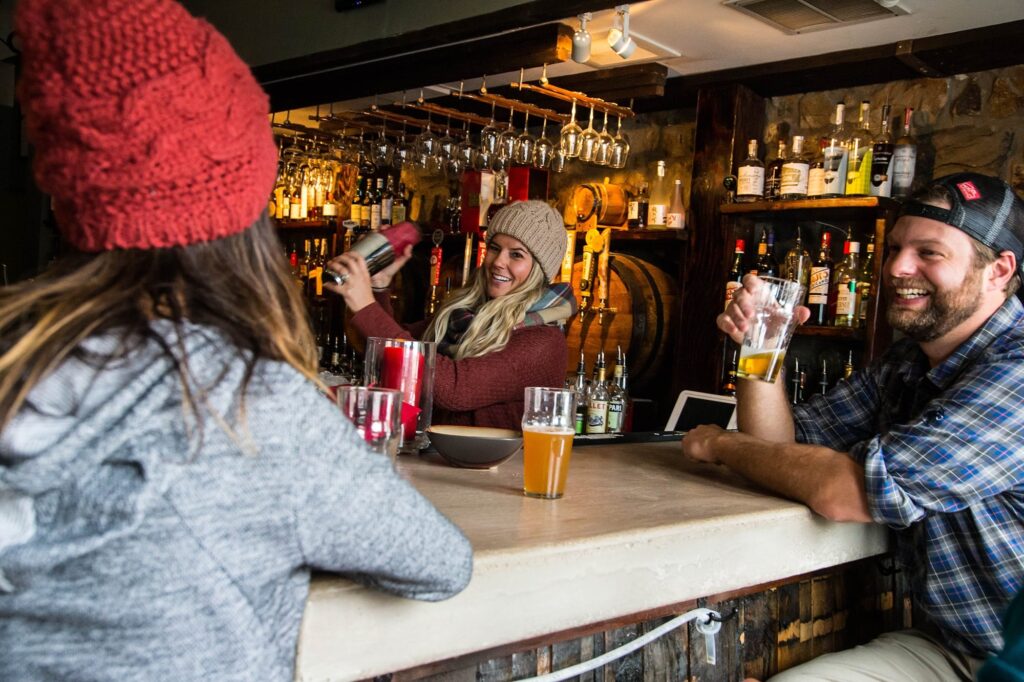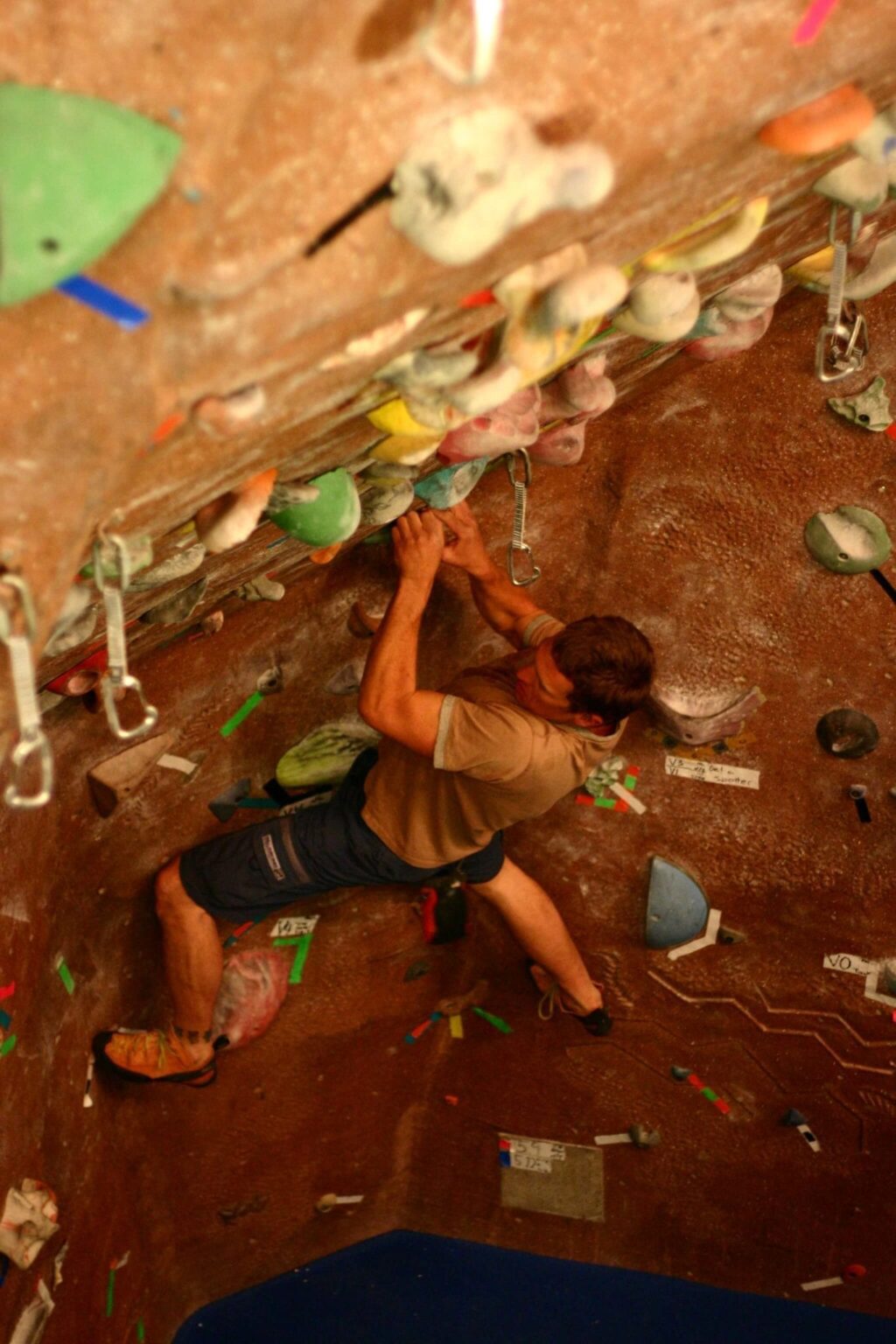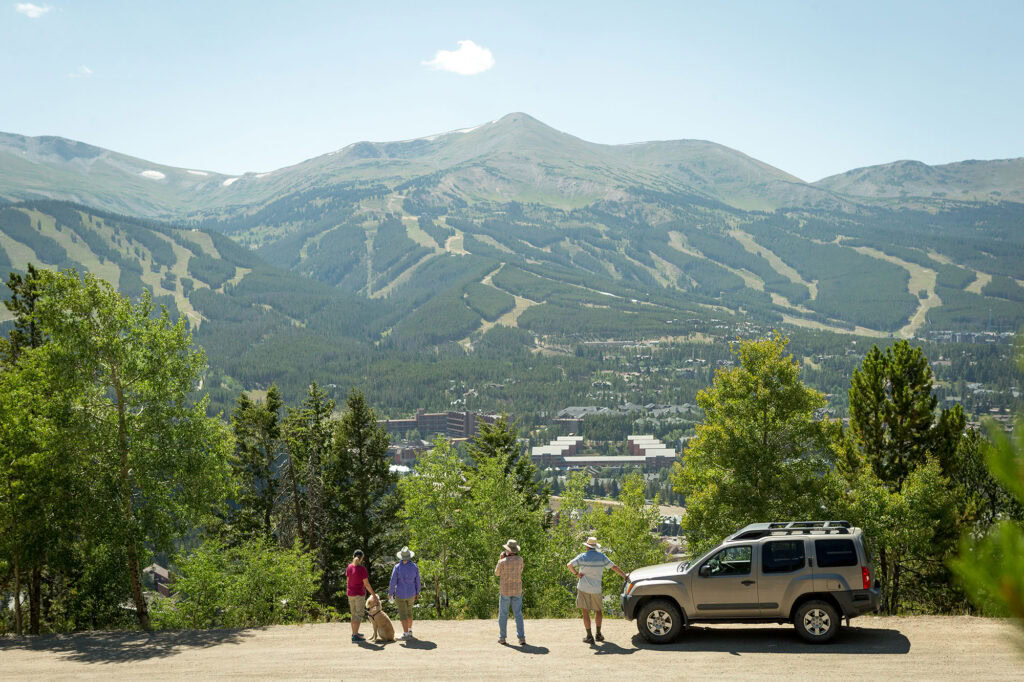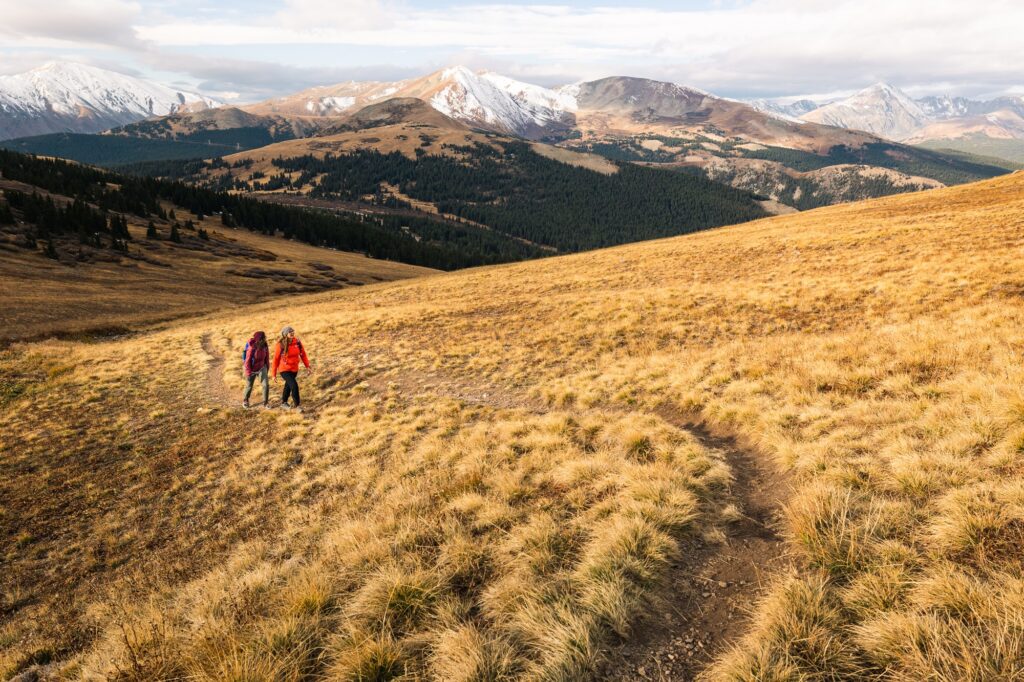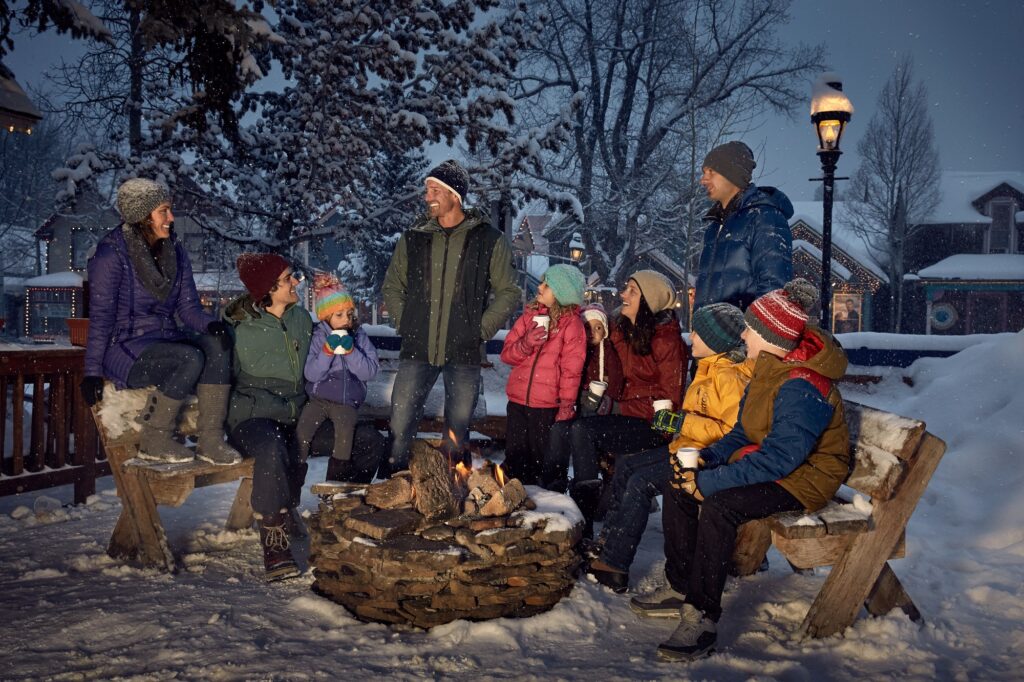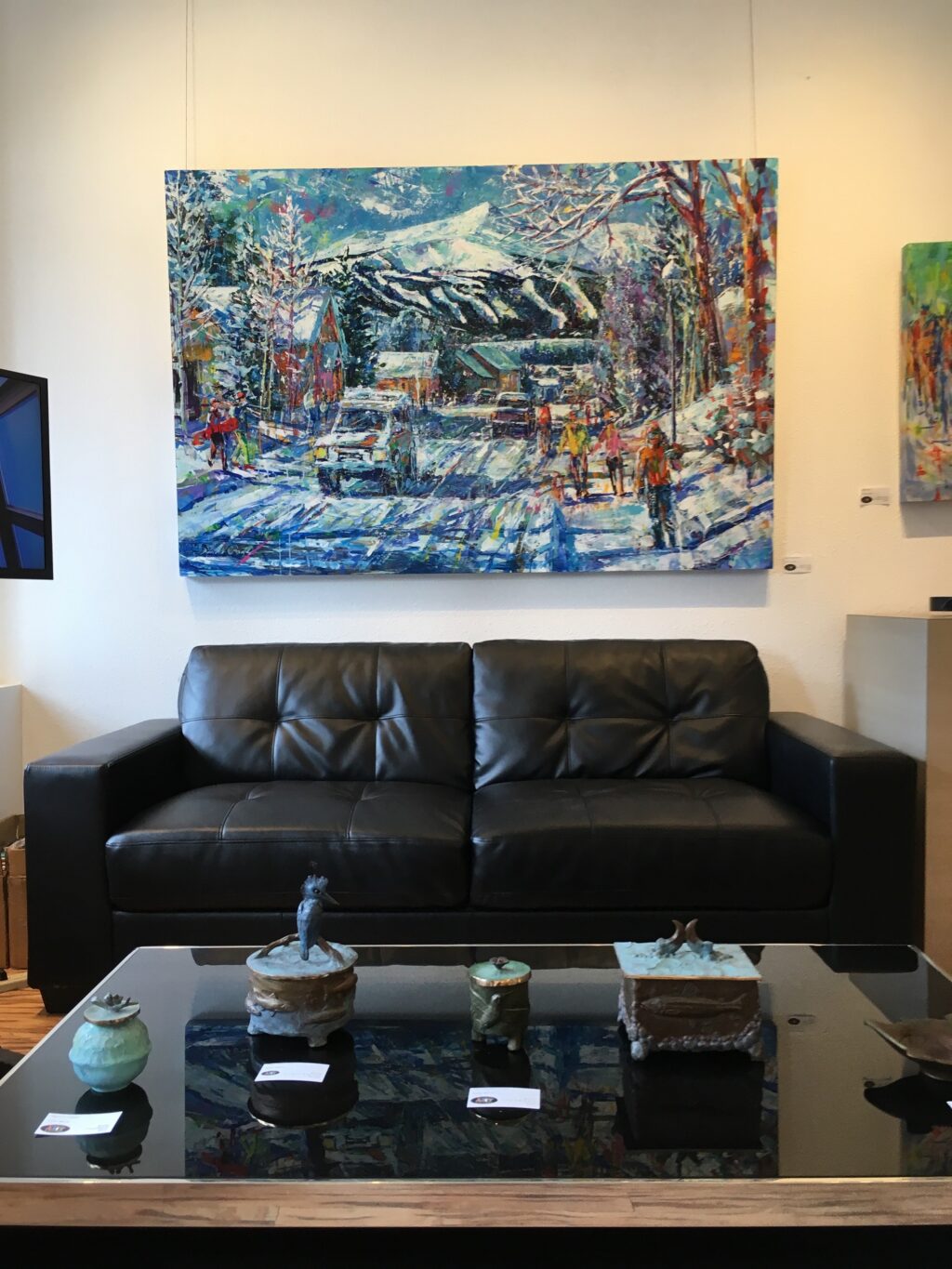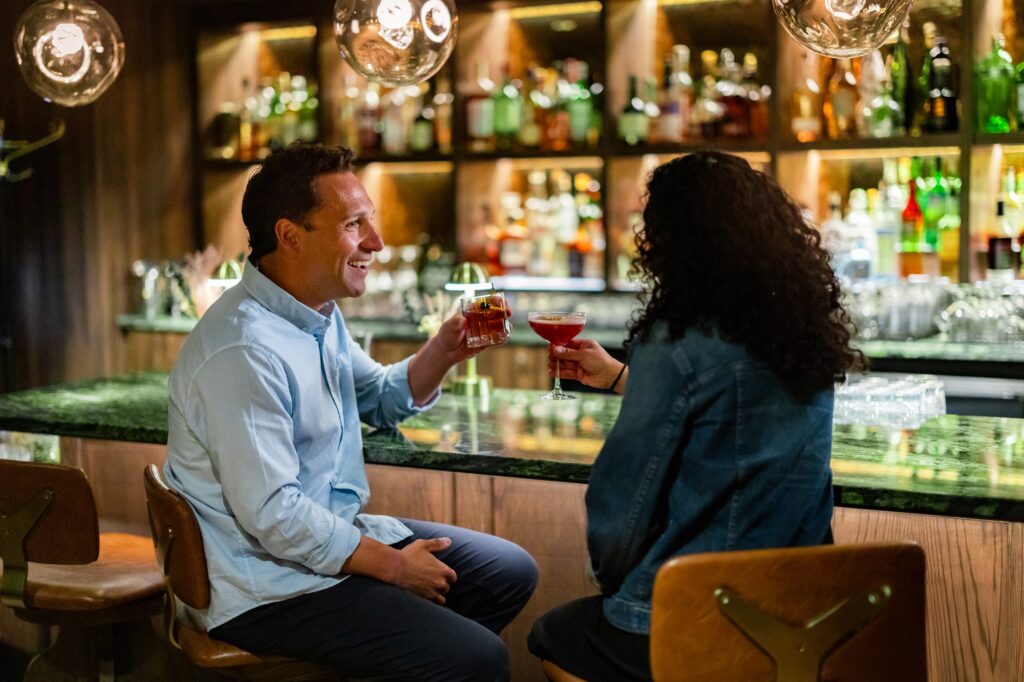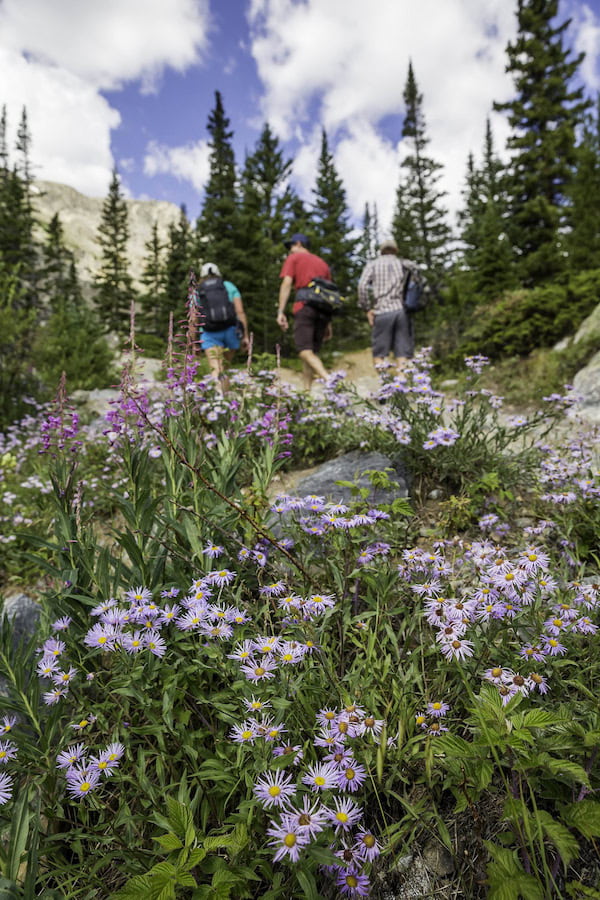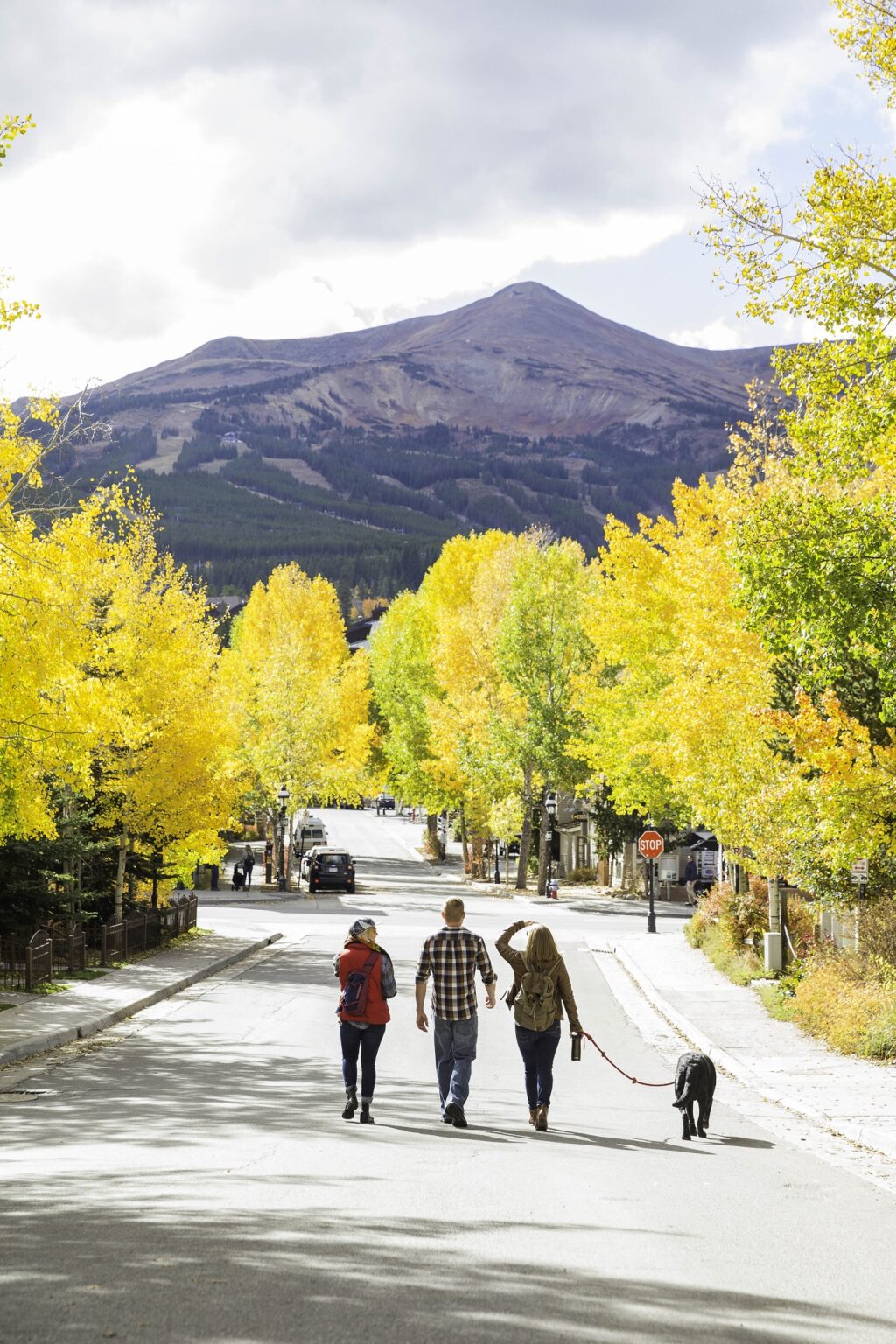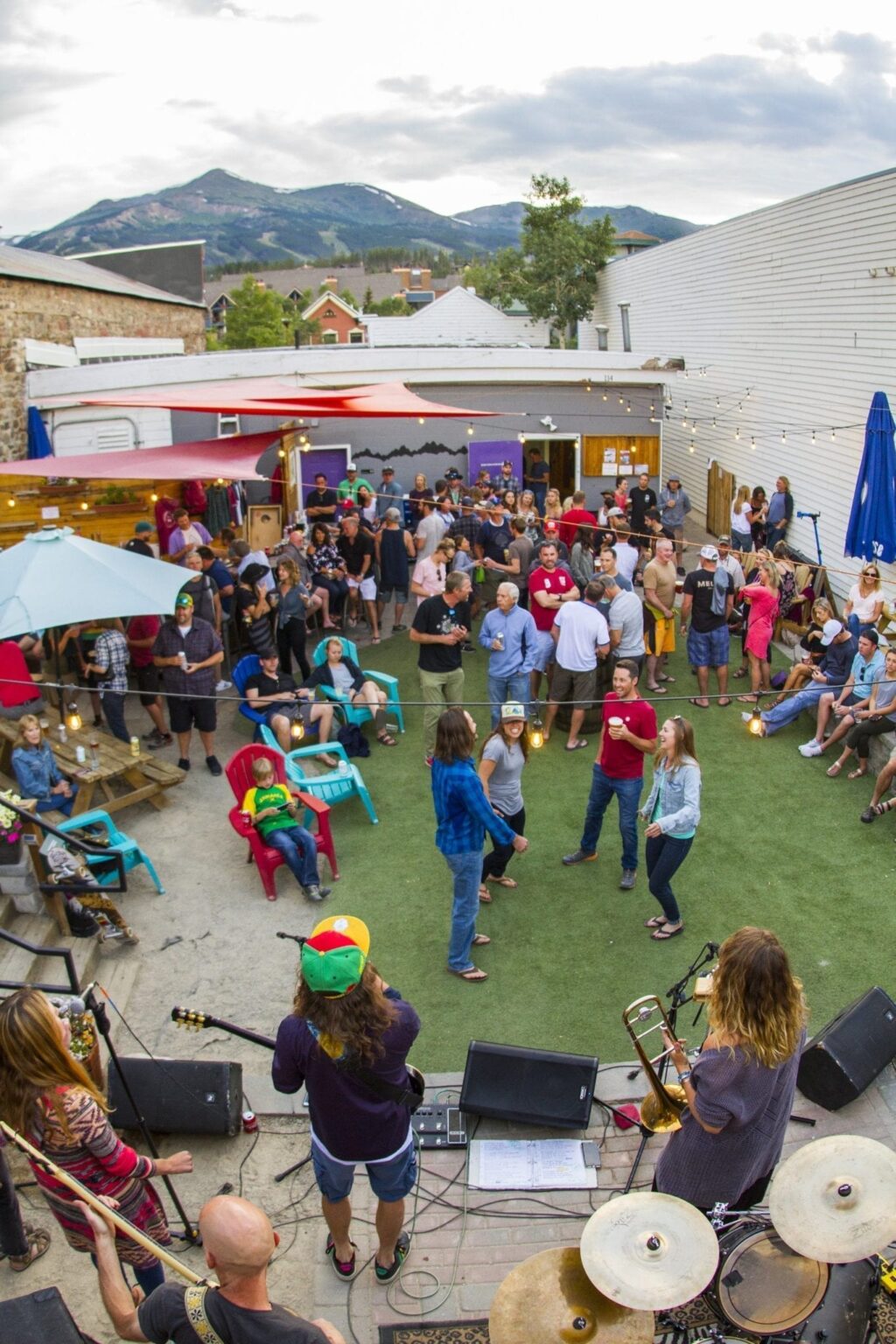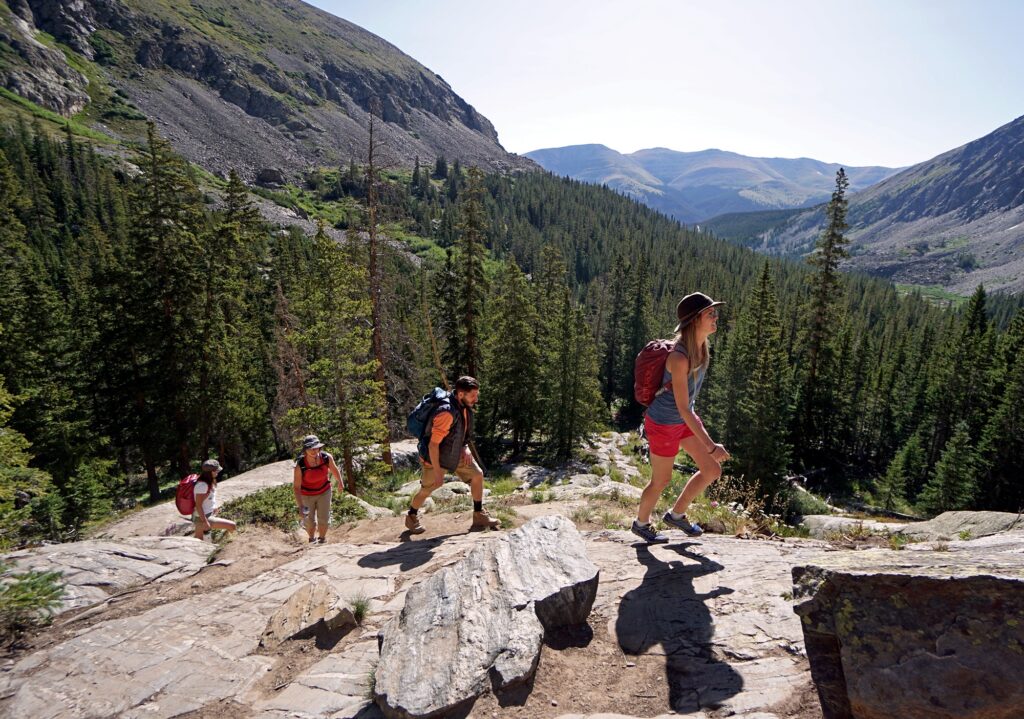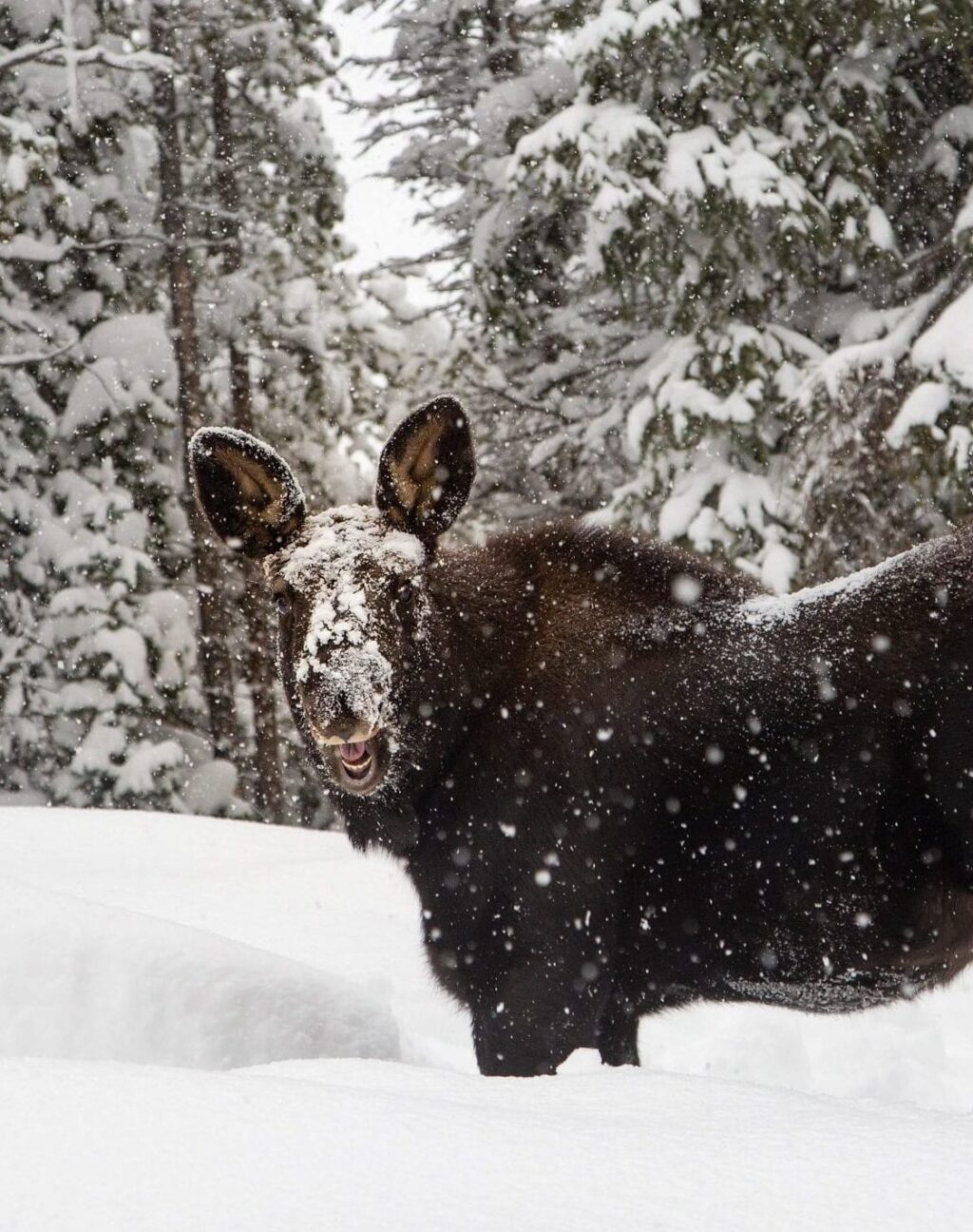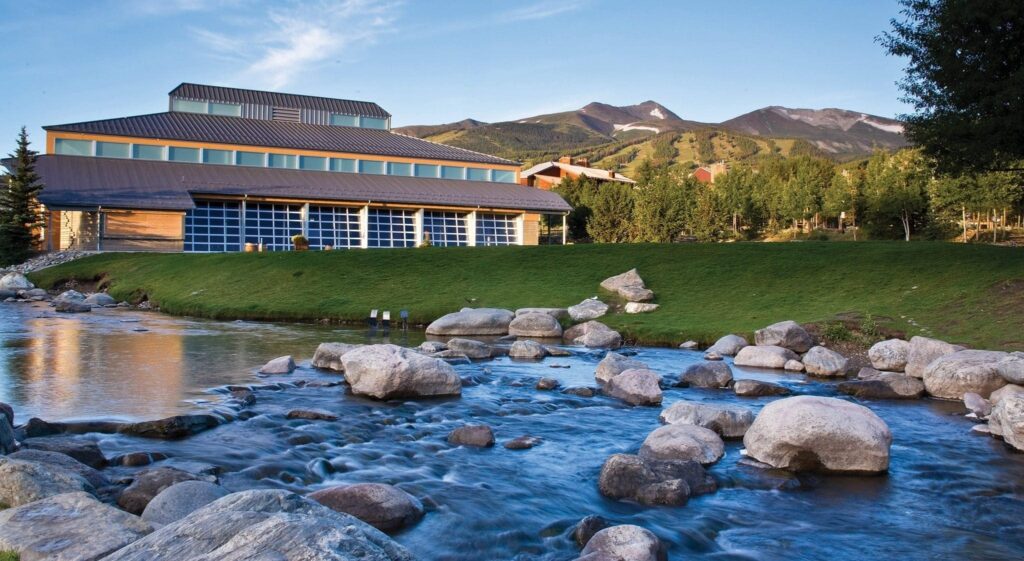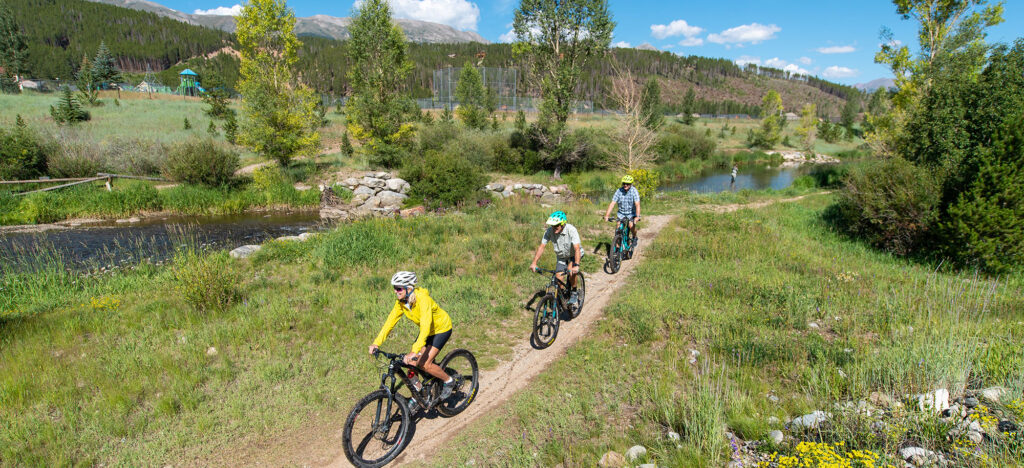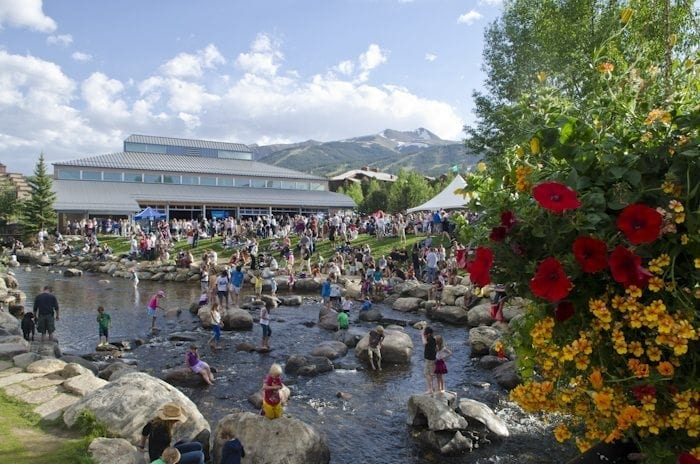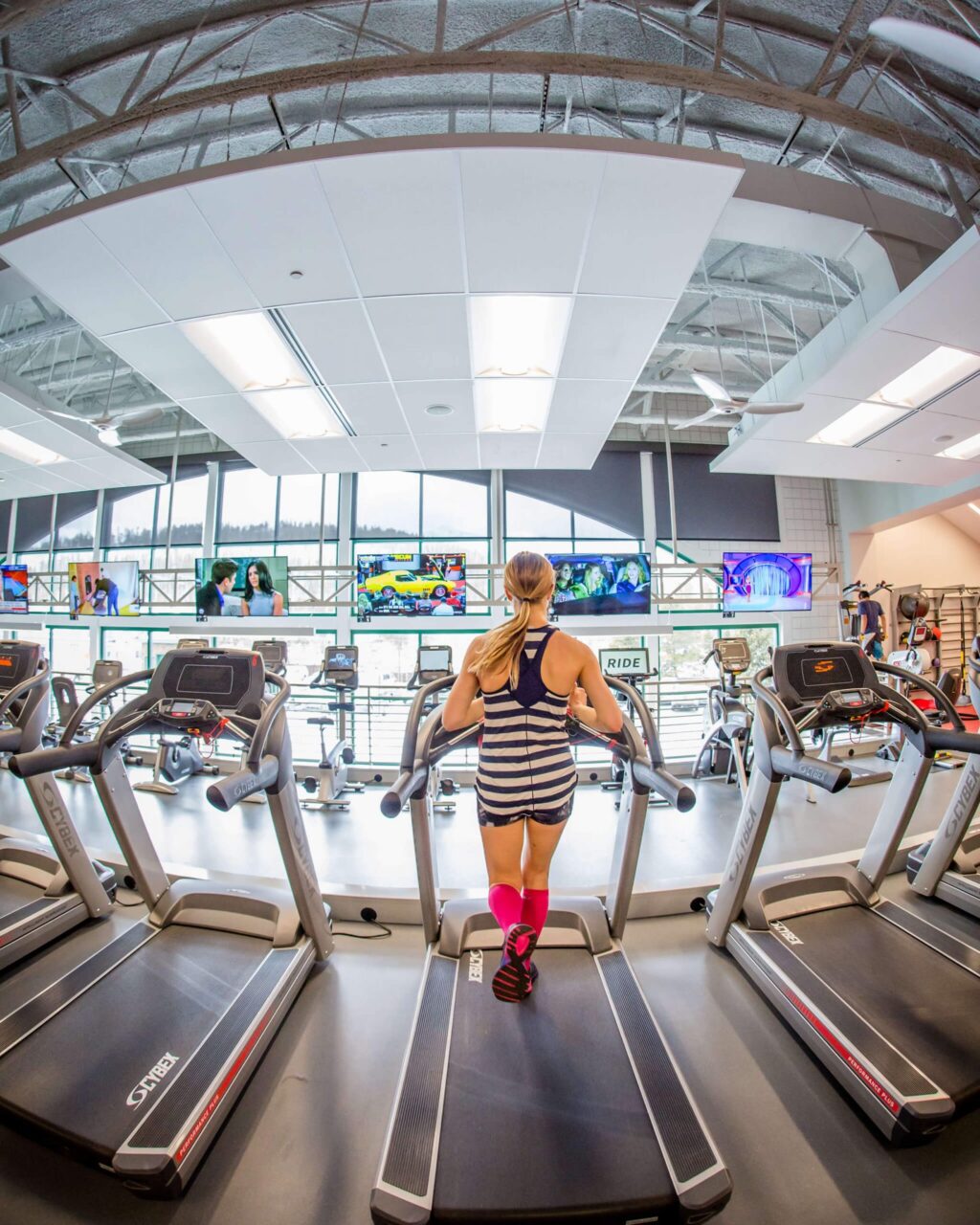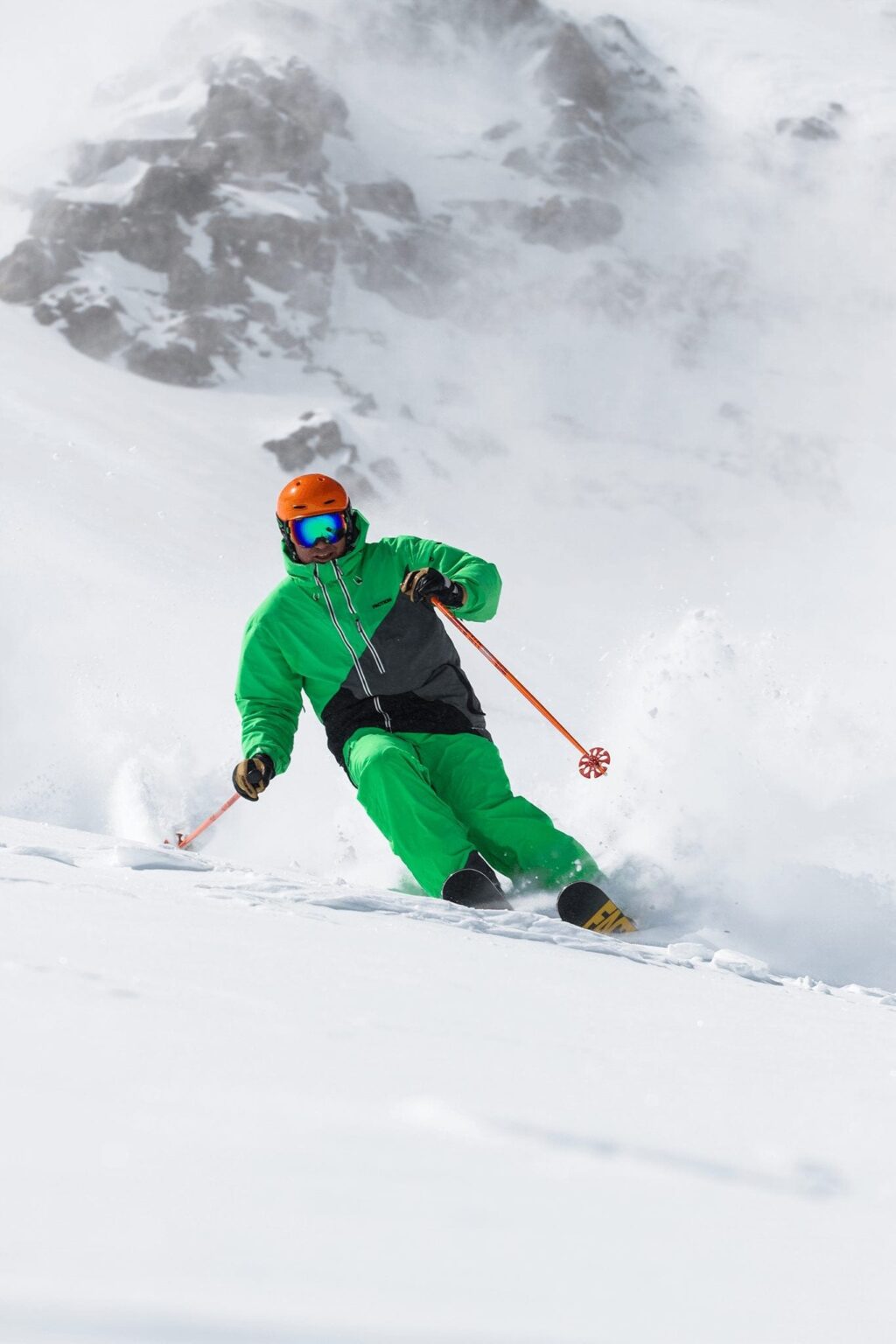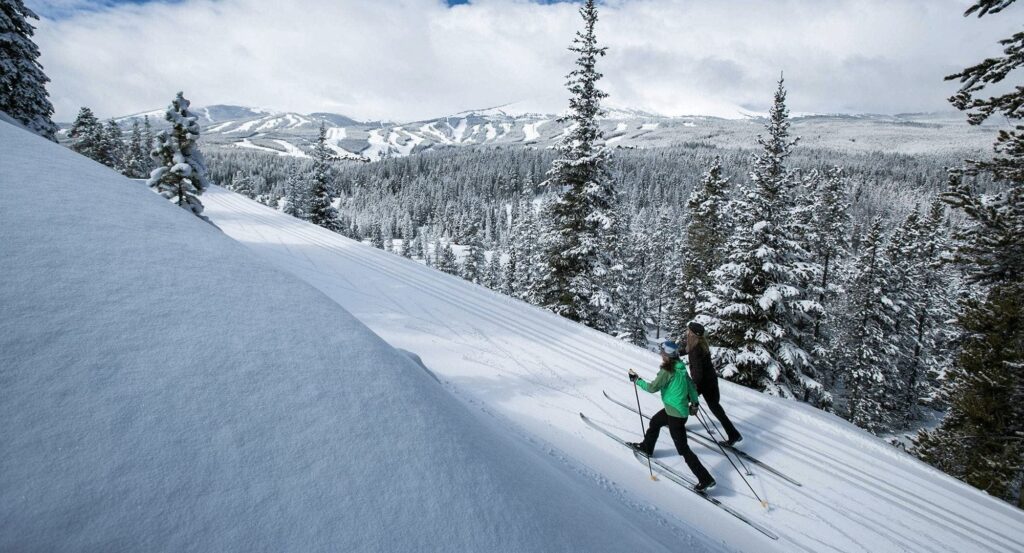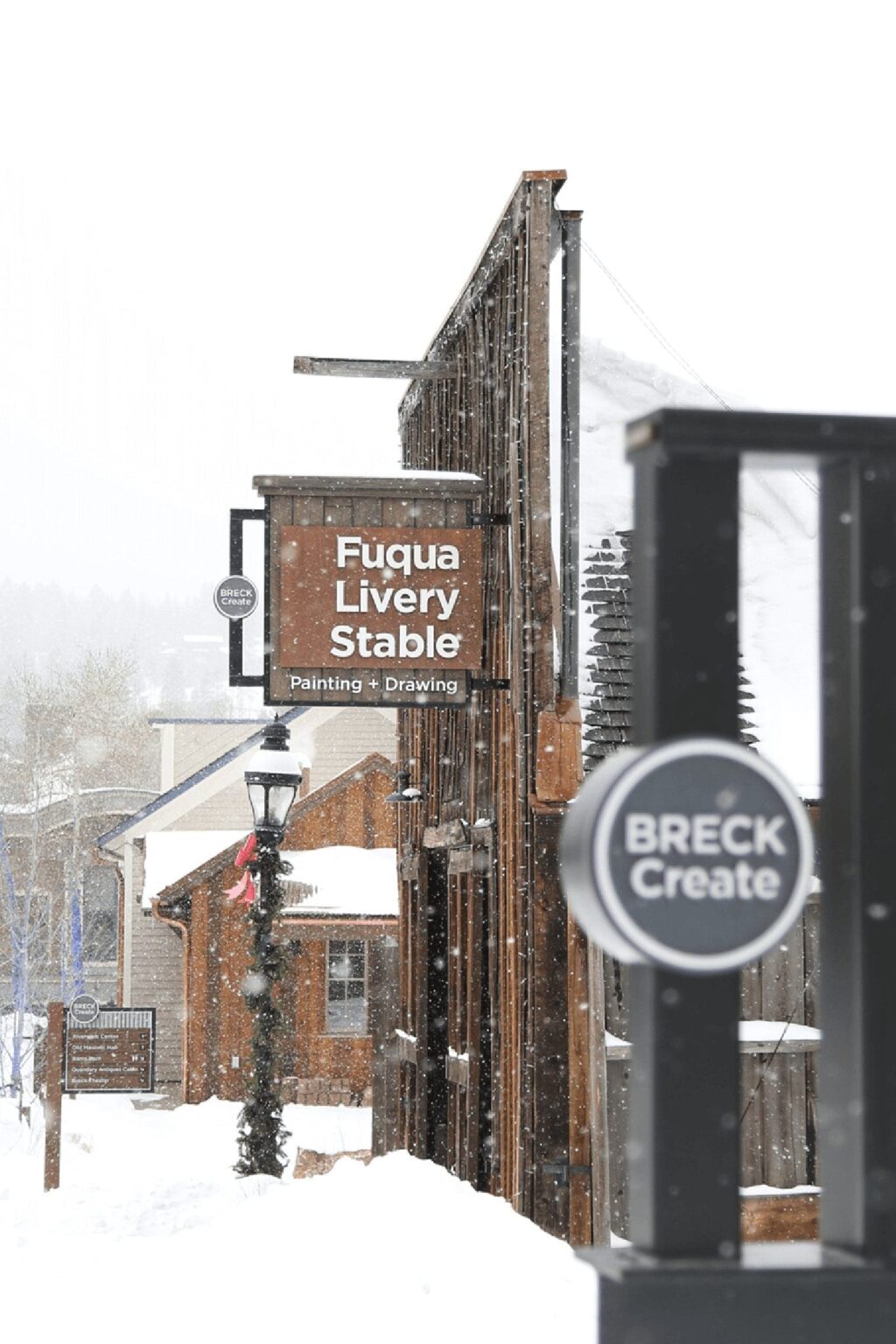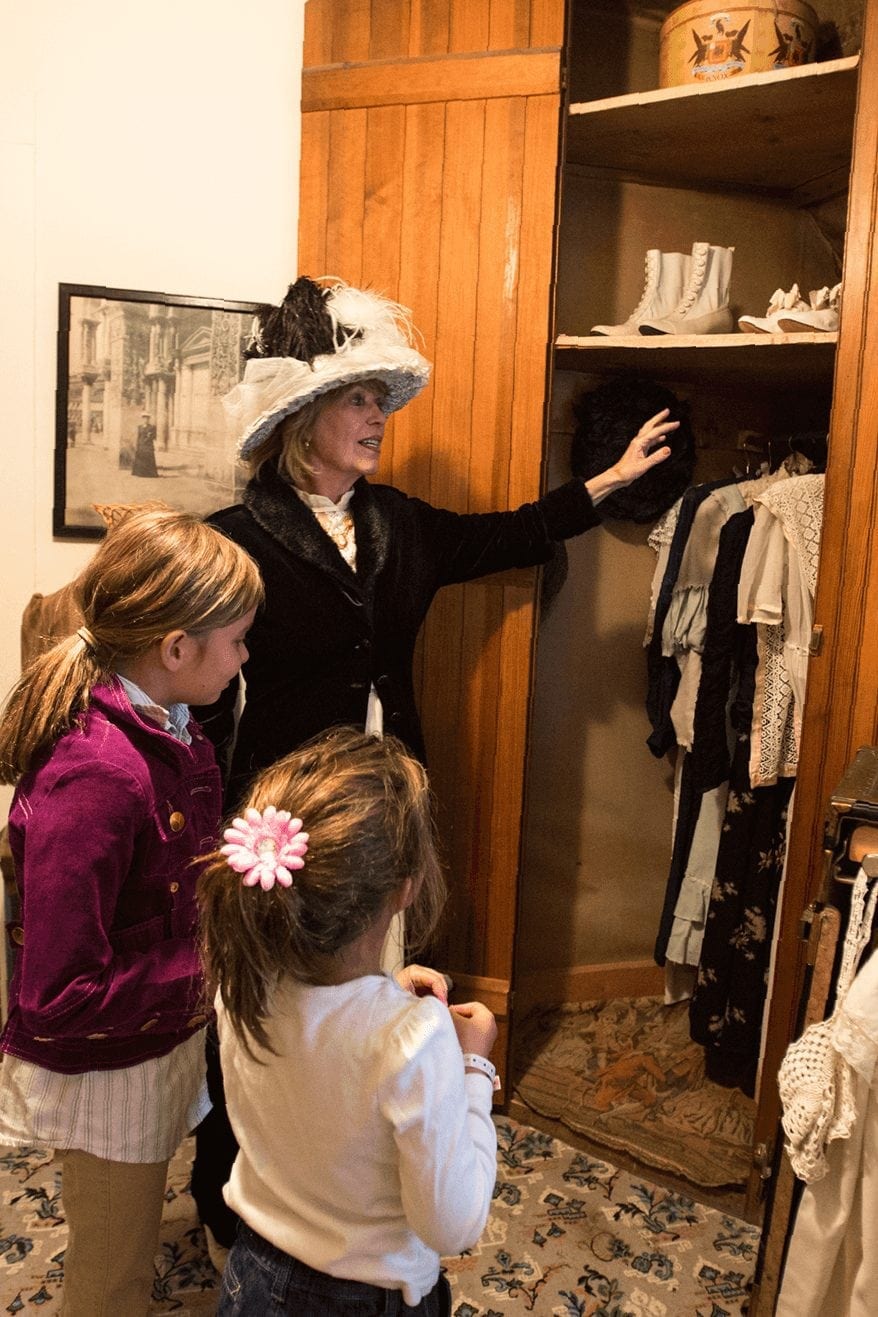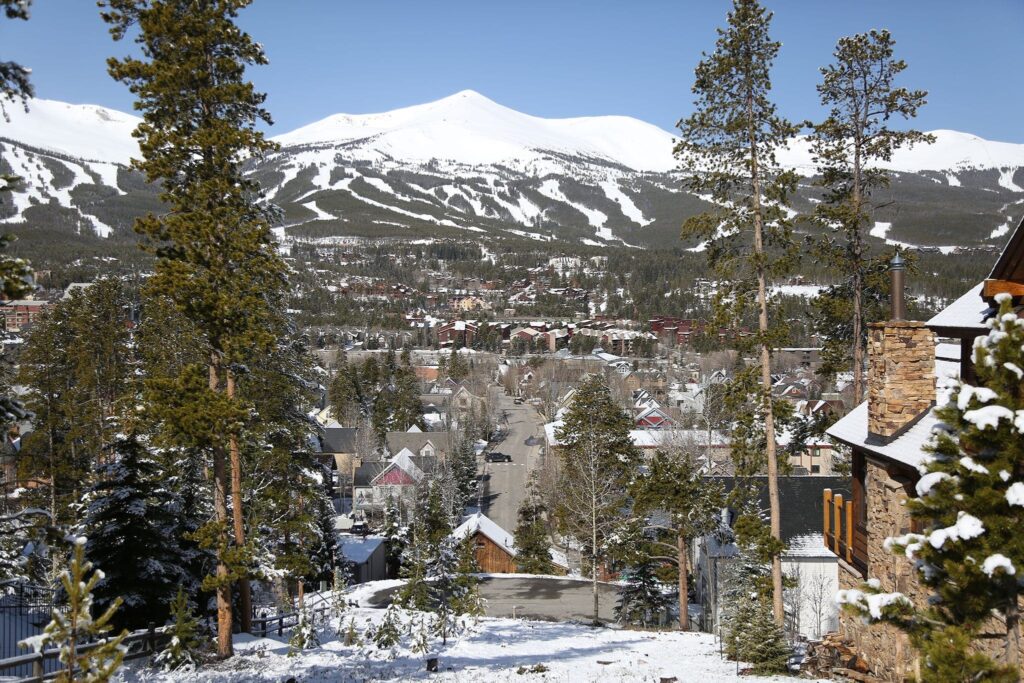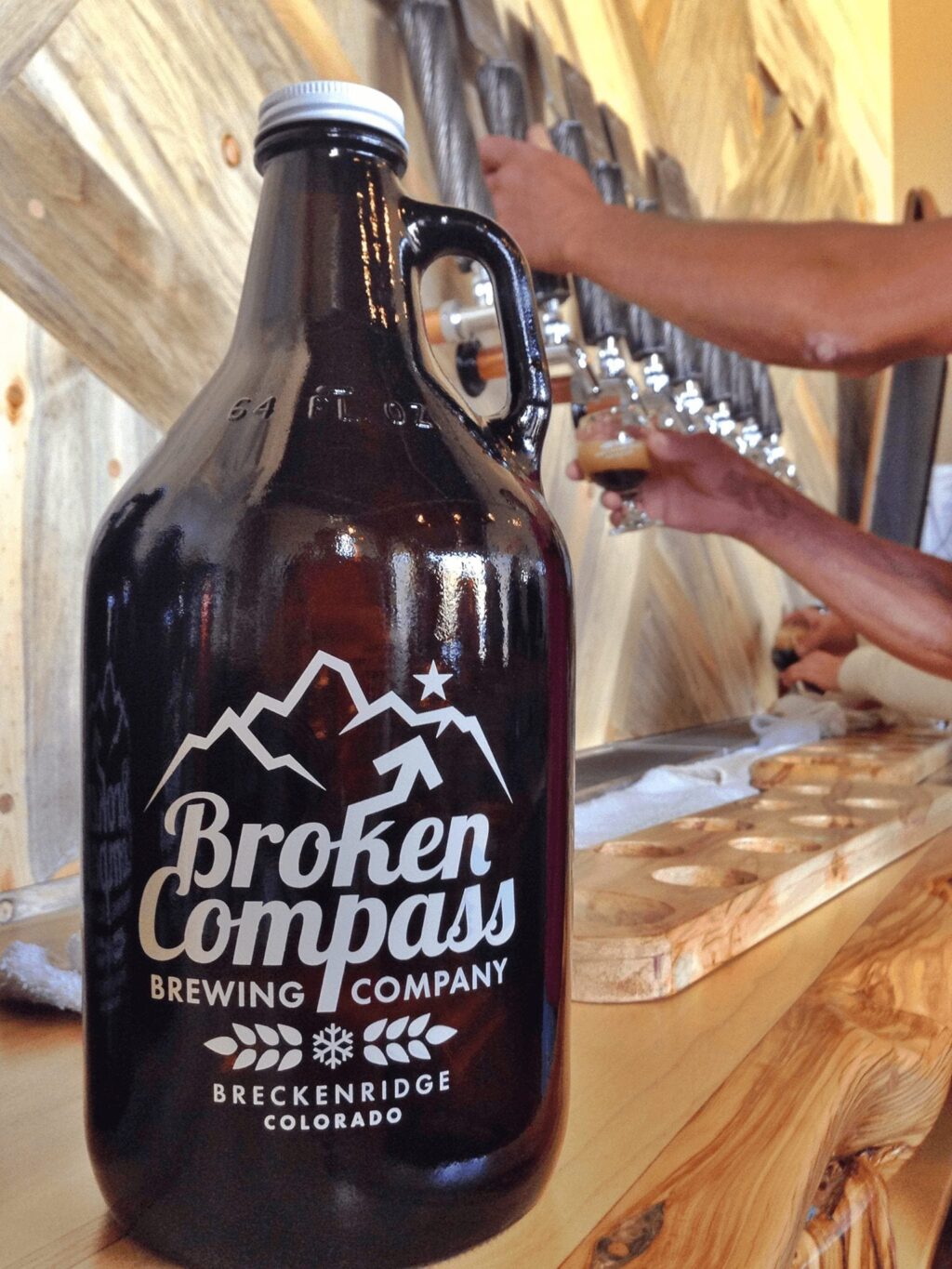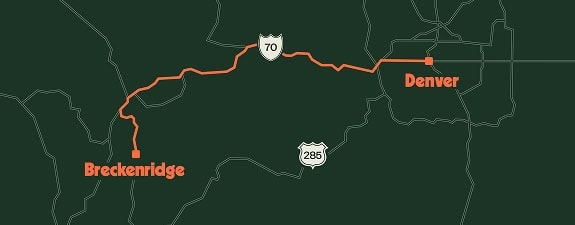Four Oldest Buildings in Breckenridge
Breckenridge’s oldest buildings date from its earliest days as a mining camp. 1859 marked the first gold rush to the Blue River Diggings. By 1862, a rough town stretched along the Blue River. Simple log cabins lined a main street littered with boulders and stumps. Today, 160 years later, it’s hard to believe that anything could survive the intervening decades of fires, changing tastes, and modern development, yet many structures still exist from Breckenridge’s earliest history. Here is a guide to the four oldest buildings in Breckenridge.
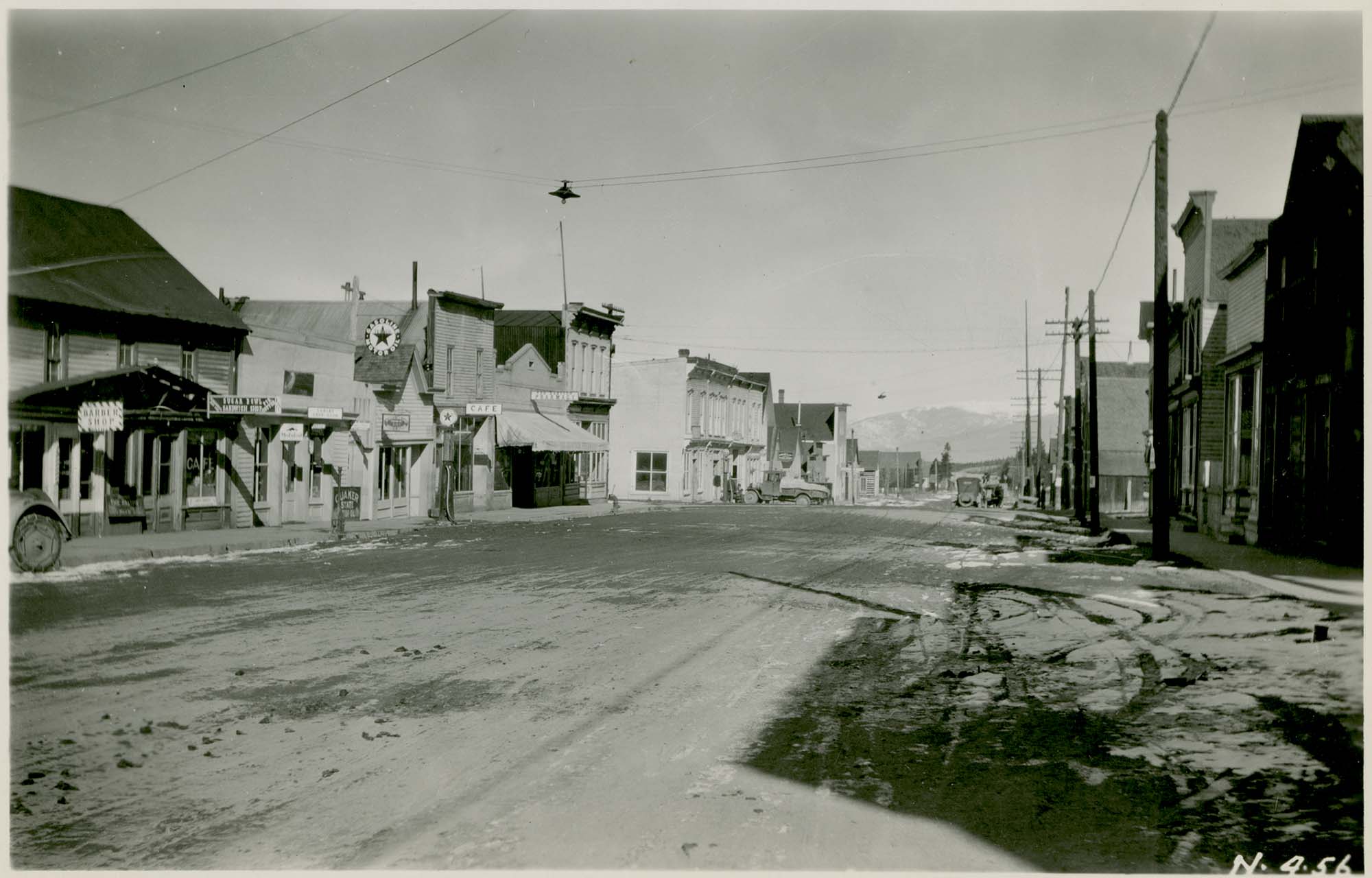
History is murky when it comes to construction dates. Historians have established 1862 as the date for the Chinese Laundry and the Pollock House. The Carter House and Museum probably dates from 1868. The Iowa Hill Boardinghouse was home to mine workers as early as 1872, with newspapers from 1876 still visible on the walls.
Most of these oldest buildings have at their heart a log cabin. They might be gussied up with false fronts or clapboard siding, but there is still a humble frontier log structure underneath.
Polluck House
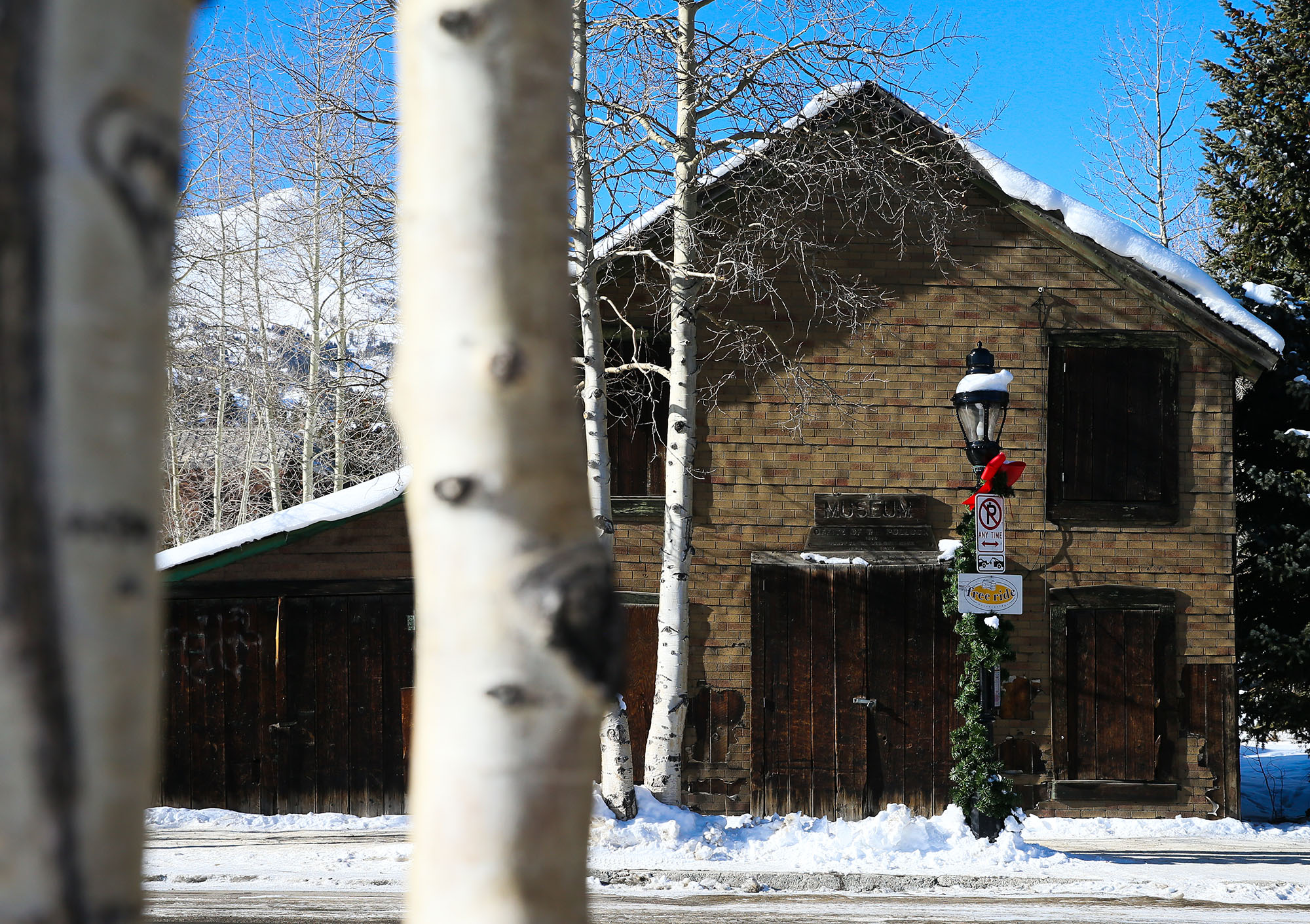
The Pollock House, located at 115 N. Main Street, is one of the oldest buildings in Breckenridge. Visible in historic photos dated as early as 1868, the two-story log structure served as the National Saloon. The center, square portion of the building is the original, with additions to the north and south coming and going over the years.
In 1862, the Colorado Territory, then just one year old, had no formal government, laws, or court system. The miners developed their own districts to provide order. Later, when Summit County became a reality, the Office of the Clerk and Recorder assumed the responsibility of recording the location and ownership of mining claims and other property. Over the years The Pollock House served as a saloon, lodging establishment, County offices, and reputedly the residence of William Pollock, one of Summit County’s earliest Clerks.
Chinese Laundry House

The building known as the Chinese Laundry, located at 107 N. Main Street, also dates to 1862. In its early years the building was a residence and a law office. Sometime after 1886, Choy established his laundry that served the residents of the town. Remarkably, the building remains in its original condition, with no subsequent additions or significant alterations.
Choy was one of the several “Celestials,” as the Chinese were called in early Breckenridge. Tensions ran high between the miners and Chinese over fears of cheap labor. As one newspaper editor put it: “Let those here stay but let no one else in.” Presumably Choy was one who was welcome to stay.
Both the Chinese Laundry and the Pollock Building still stand in their original locations, part of the Breckenridge landscape for over 150 years.
Edwin Carter Museum

Edwin Carter is one of Breckenridge’s most famous early residents, known for his unusual concerns about the plight of the local wildlife in the wake of the devastation caused by mining activities. In the way typical of the Victorians, his method for preserving wildlife was to take specimens and create taxidermy mounts. His extensive collection of wildlife from the Central Rockies in the late 19th century not only formed the nucleus of the Denver Museum of Nature and Science, but also helped modern conservationists determine locations and numbers of species for current-day restoration efforts, such as for the Colorado River Otter.
The log cabin that first served as Carter’s home, located at 111 N. Ridge Street, probably dates to 1868. By 1875, the building had become his museum, filled with animals and birds. Today, it again serves as a museum honoring the life and work of Edwin Carter, operated by Breckenridge History.
Iowa Hill Boarding House
The Iowa Hill Boarding House exemplifies the typical accommodations provided by mine owners for their workers. A two-story hewn log cabin with a simple gable roof, it provided shelter and provisions for hard-working mine labor. Miners would sleep upstairs in simple bunks, while partaking in conversation, card games, and meals prepared by a hired cook downstairs. To keep the drafty log cabins warmer in winter, miners covered the walls with newspaper as insulation. Today, editions of the New York Ledger dating from 1876 are still visible on the walls.
Mining on Iowa Hill began with placering in the 1860s, first with gold pans and later using hydraulic methods to wash away the hillsides to release the fine golds held in the soils. Boarding for miners was provided as early as 1872.
The Iowa Hill Boarding House can be viewed anytime from the outside on the interpretive trail accessible south of the Iowa Hill Water Treatment Plant on Airport Road.

Many more buildings date from Breckenridge’s earliest mining days. The Town’s Historic District is one of the largest in the State of Colorado, comprising over 160 structures, with the downtown area containing the greatest concentration of historic buildings ranging from the early settlement phase to the late Victorian phase.
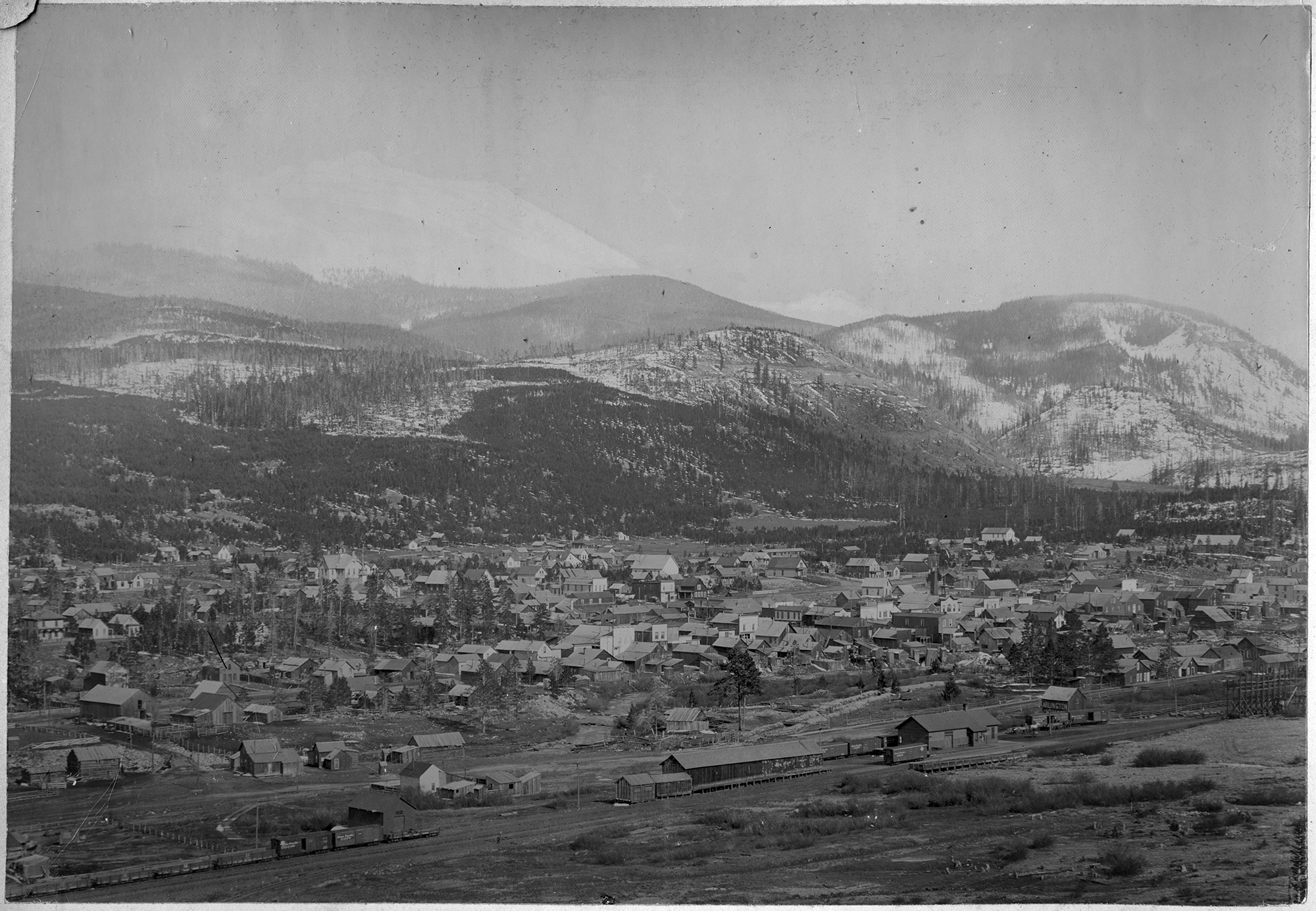
Learn more about Breckenridge’s history and oldest buildings on a guided walking tour or with a self-guided tour, starting with a visit to the centrally located Breckenridge Welcome Center.

